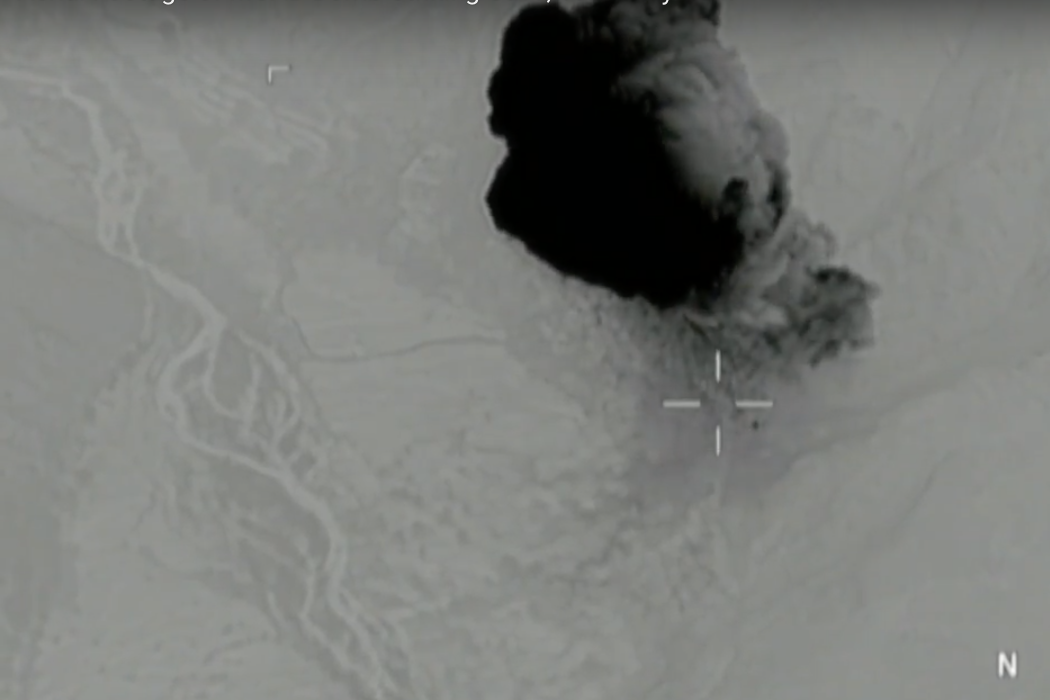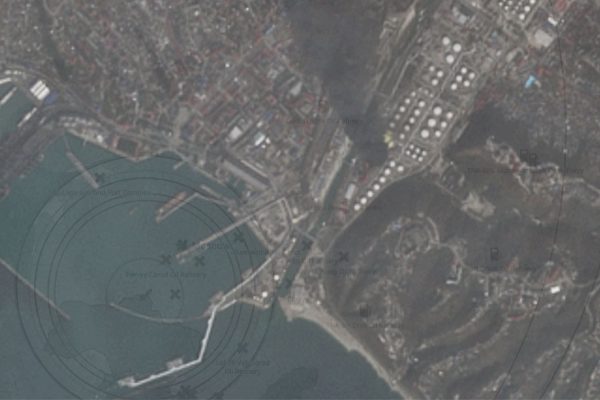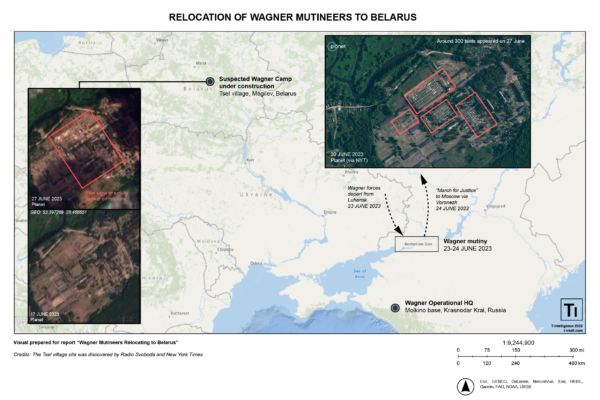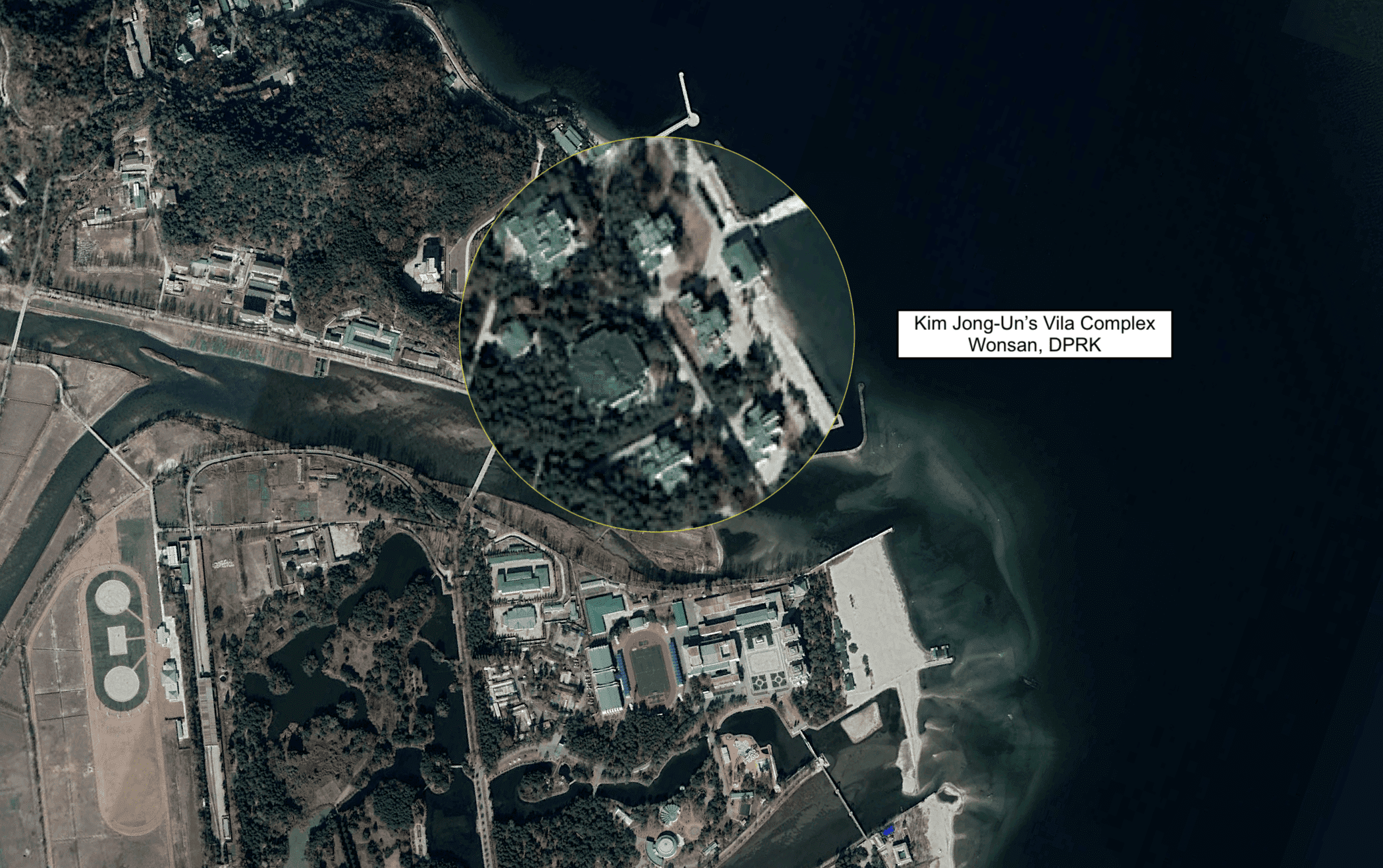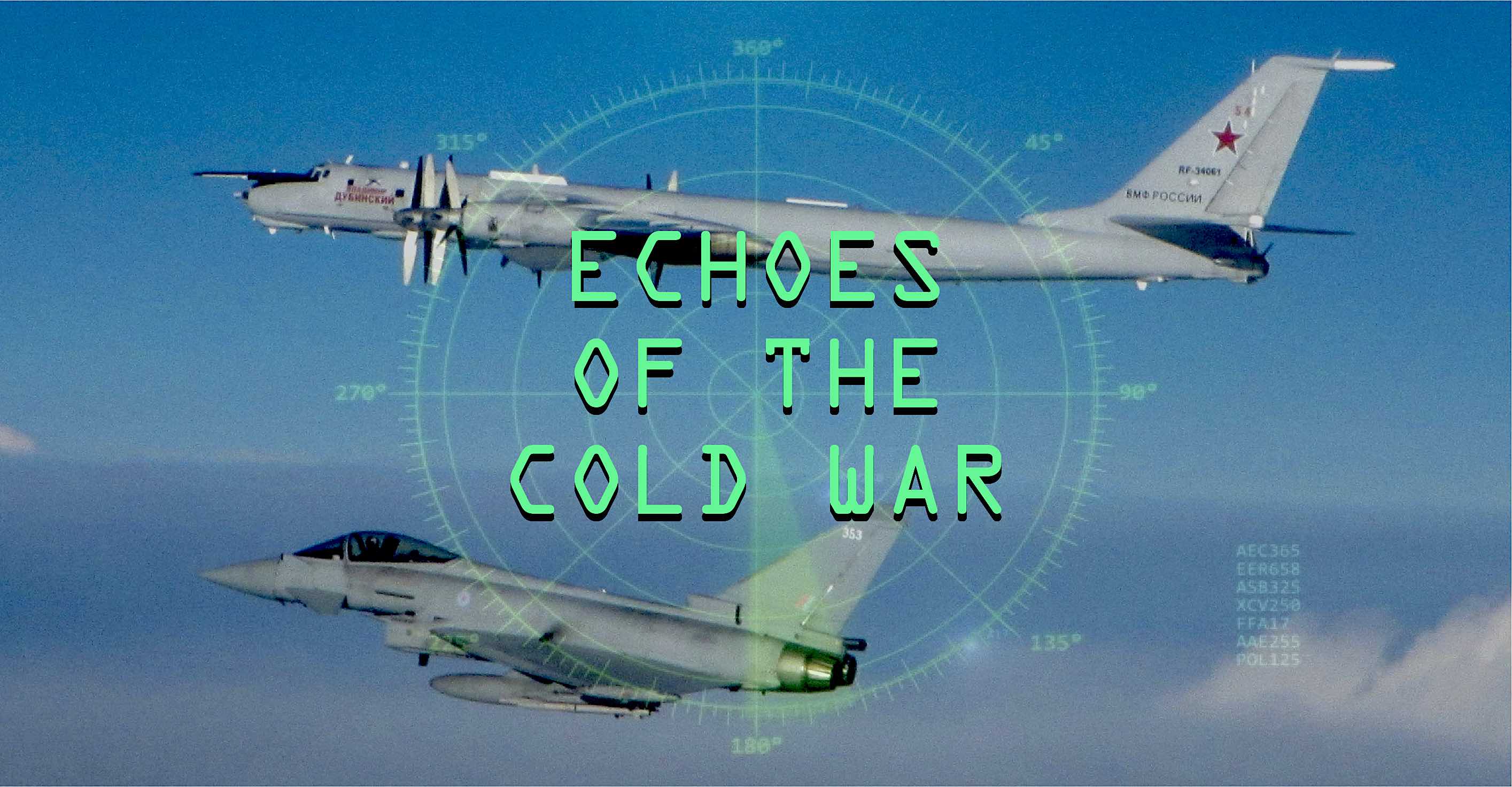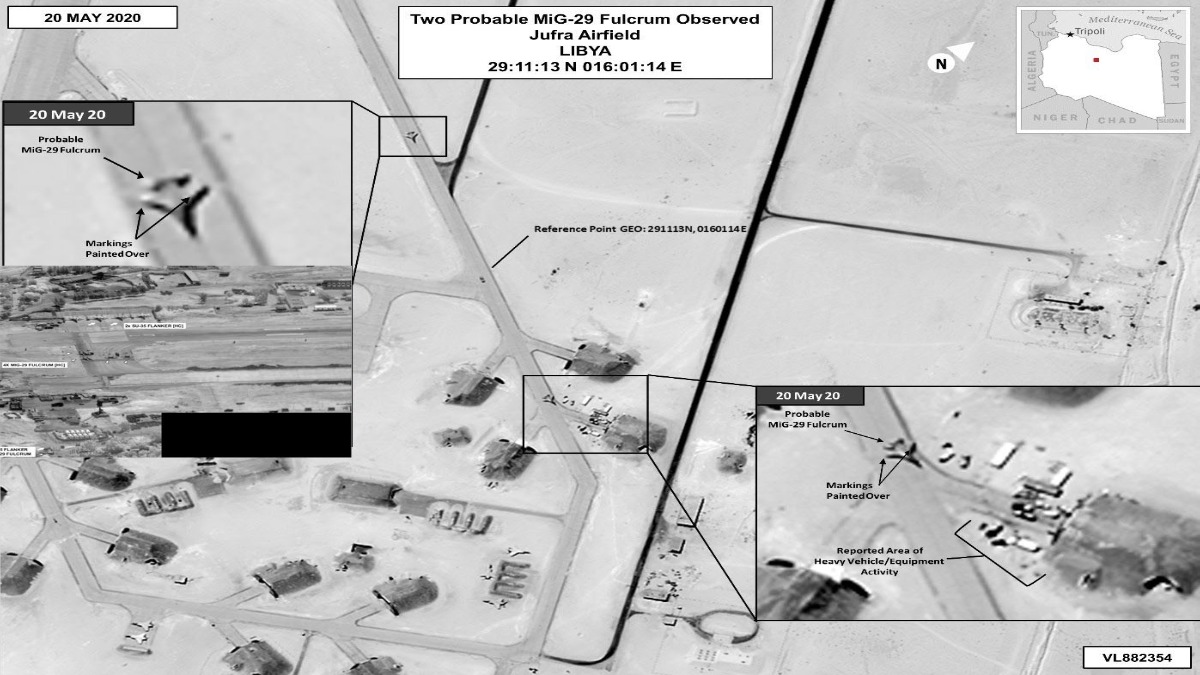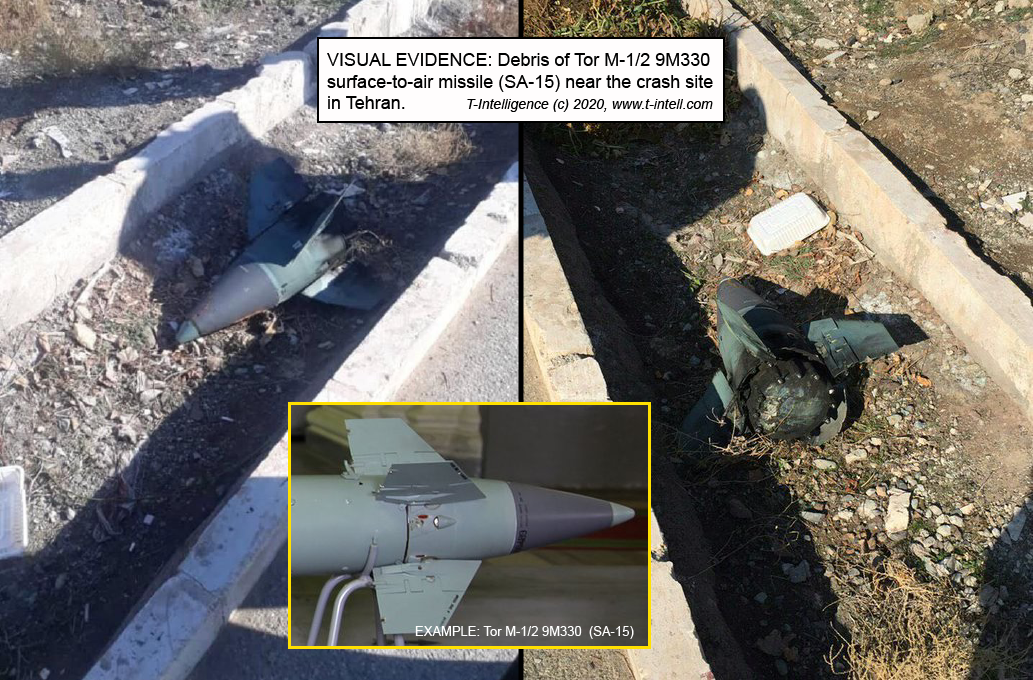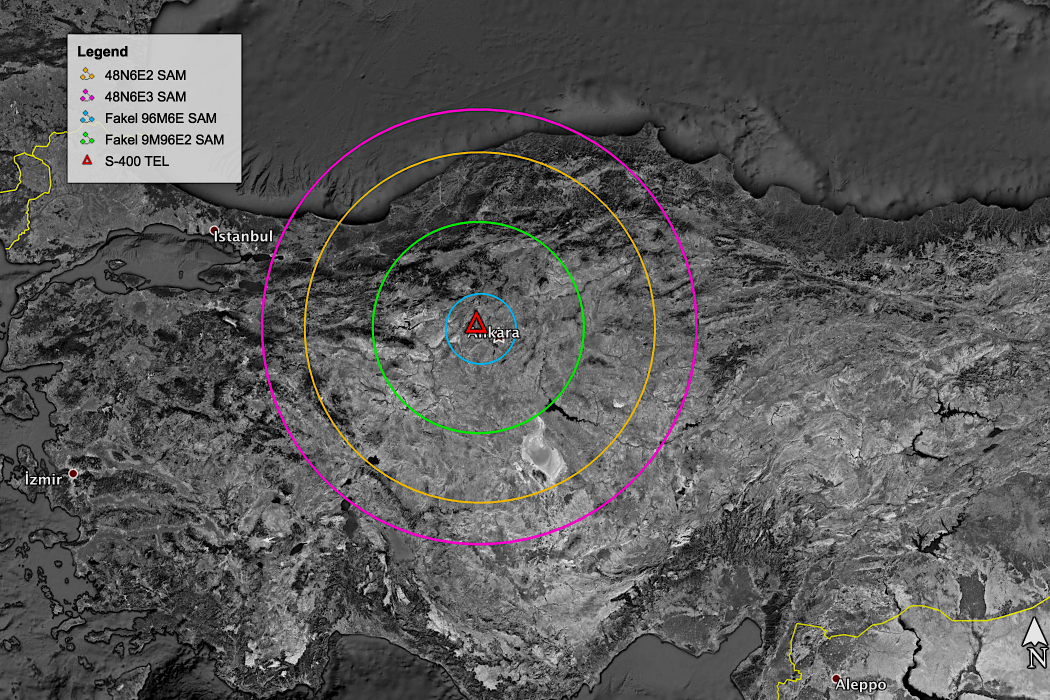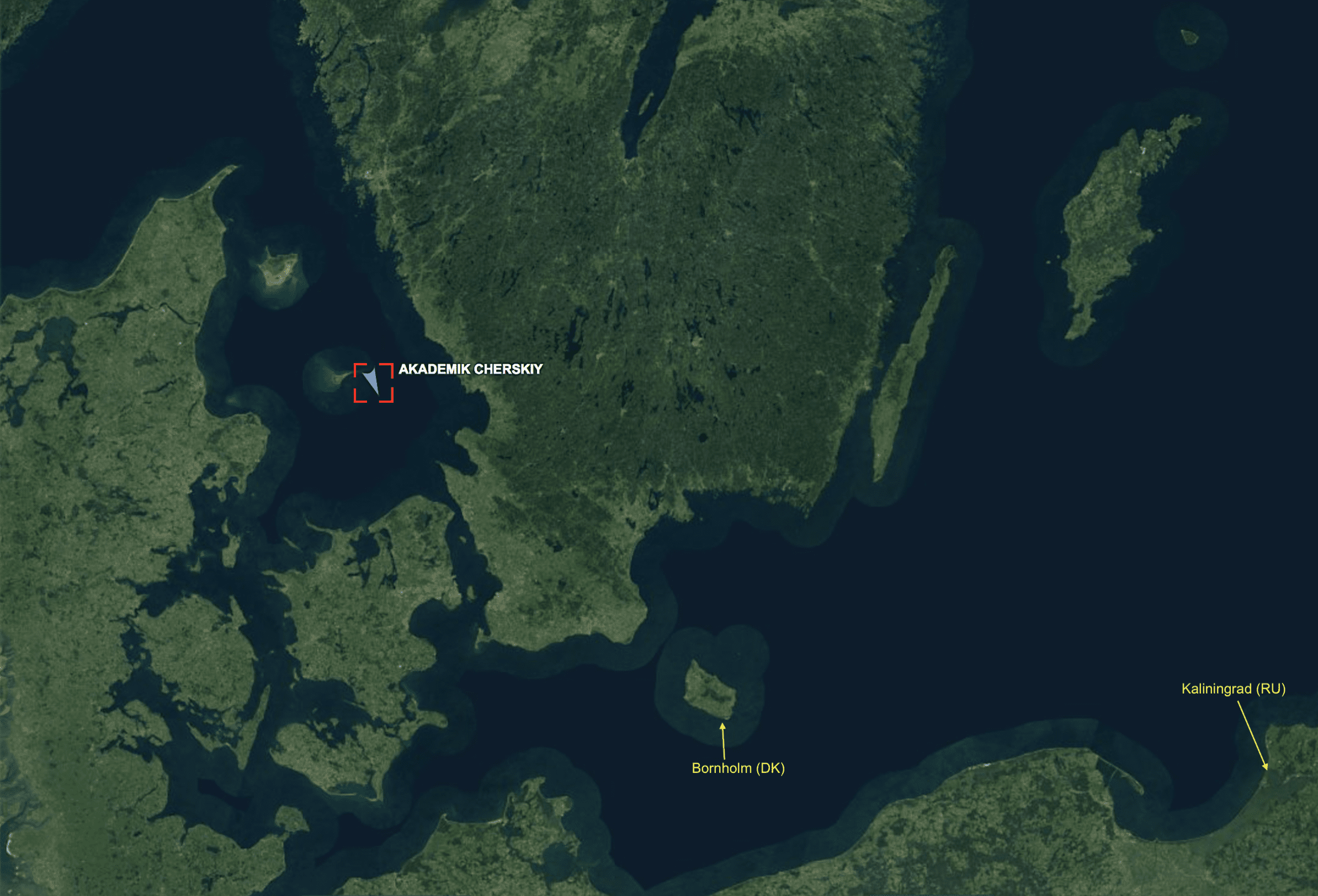On April 7, U.S. Africa Command (AFRICOM) partially evacuated its military forces from Tripoli due do the deteriorating security situation in Libya.
- The AFRICOM personnel, tasked with supporting the U.S. diplomatic mission and counterterrorism efforts, was extracted by a U.S. Navy Landing Craft Air Cushion (LCAC) hovercraft from the beach of Janzour (15 km west of Tripoli). The LCAC dispatched from one of the U.S. Navy assets operating in AFRICOM’s area of responsibility – likely the San Antonio-class USS Arlington amphibious transport dock, which was last reported near Carthage on March 24. The evacuated personnel was transported to Catania, Italy.
Footage of U.S Africa command personnel being evacuated from Libya to a U.S navy ship in the Mediterranean this morning #Libya #Tripoli pic.twitter.com/BsuMo9PbPC
— CNW (@ConflictsW) April 7, 2019
- The drawdown of U.S. forces also seems to include special operations units and intelligence personnel based in covert facilities throughout Libya. CIA-affiliated private airlines such as Tepper Aviation – likely tasked with extracting personnel – conducted several flights to Libya in the past 36 hours. On April 7, a Special Operations Command (SOCOM) Beech B300 King Air was tracked on ADS-B exchange while conducting sorties over Misrata, likely providing ISR for an ongoing evacuation. Misrata airfield is the main covert facility used by the U.S. and allies in Libya and the largest air base of the Tripoli-based Government of National Accords (GNA). The evacuation of U.S. personnel from Misrata has become necessary, as the self-styled Libyan National Army (LNA) under Haftar has recently announced plans to capture the city and establish a no-fly zone over western Libya.
RECENT ESCALATION
After capturing the former Tripoli Airport on Sunday, the LNA is advancing towards Tripoli’s southern outskirts. Tripoli is currently controlled by the U.N.-recognized GNA which encompasses a myriad of militias, including Islamists. Haftar is in close contact with Russia and receives covert military support from Egypt, the Kingdom of Saudi Arabia, and potentially the United Arab Emirates. As the LNA and GNA are preparing for a head-on confrontation over Tripoli and potentially Misrata, both sides are mobilizing their anti-surface and counter-air assets to support operations.
HAFTAR’S NO FLY ZONE
Despite their threats of a no-fly zone, Haftar’s forces are unable to conduct air interdiction operations (neither airborne nor ground-based) against advanced adversaries such as the U.S., the U.K., Italy or France. However, the LNA’s air capabilities are slightly superior to the GNA. Haftar’s small aviation is able to conduct tactical air strikes at a higher pace than its Tripoli-foe and has the potential to engage in interceptions. Overall, both sides suffer from a severe lack of trained personnel, spare parts and logistical support, limiting their anti-surface an anti-air assets to low-intensity engagements.
- The LNA’s air inventory consists of two Mirage F-1, twelve MiG-21MF (NATO reporting name: Fishbed-J), three MiG-23ML (Flogger), and one Su-22 fighter bomber (Fitter). It is believed that the vast majority of the LNA’s aircraft are serviceable due to repair and maintenance support provided by Egypt and the UAE. The LNA also fields several ZPU-2 and ZU-33-2 anti-aircraft artillery and Soviet-made shoulder-mounted man-portable air defense systems (MANPADS).
- In contrast, the GNA operates two MiG-23ML (Flogger), one MiG-25 (Foxbat), five G-2 Galeb, thirteen L-39ZO Albatros fighter jets, eight Mi-24 and three Mi-35 attack helicopters (Hind and Hind-D). The Czechoslovak-made L-39ZO Albatros light aircraft serve as the GNA’s main attack aircraft, as the fleet has been repaired by Ukrainian specialists and undergone trainer-to-fighter conversion. Despite these limitations, the GNA is still able to neutralized “easy” targets (e.g. vehicle columns and exposed infantry units) of the “Islamic State” and LNA. In terms of anti-air systems, the GNA has one 2K12 Kub (NATO reporting name: SA-6 Gainful), which was recently declared operational and is believed to still house a few S-125 (SA-3) surface-to-air missile (SAM) systems.
#Libya– amidst #LNA‘s #Tripoli operation and statement on no-fly zone, #Misrata Air College goes on high alert, deploys 2K12 Kub/SA-6 Gainful to protect Misrata Airbase pic.twitter.com/oFyk95oGBC
— Oded Berkowitz (@Oded121351) April 8, 2019
- Anti-surface operations are already underway. Recently, the GNA reportedly struck an LNA convoy near Garyan (90 km south of Tripoli). On April 8, an LNA MiG-21 bombed the runway of Mitiga Airport, near Tripoli. Furthermore, both sides have mobilized their SA-6 SAMs. However, there is no indication to whether those systems are operational.
#BREAKING: Watch the moment, a #Libya National Air Force MiG-21MF rocketed the main runway of #Mitiga Airport (Umm Atiqa) at #Tripoli minutes ago. Last night, Ecuadorian Mirage F.1ED pilot of #GNA Air Force unsuccessfully bombed #LNAF Base at Watiya. (Credit: O. Berkowitz) pic.twitter.com/orqLRlc5RY
— Babak Taghvaee (@BabakTaghvaee) April 8, 2019
- Russia Bombs Maternity Ward & Children’s Hospital in Mariupol As Part of Siege - 10 March 2022
- T-Intell’s OSINT Training Marks One Year Anniversary - 18 November 2021
- Russian Pipe-Layer Resumes Work on Nord Stream 2 - 25 January 2021




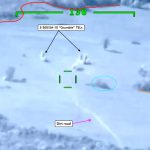
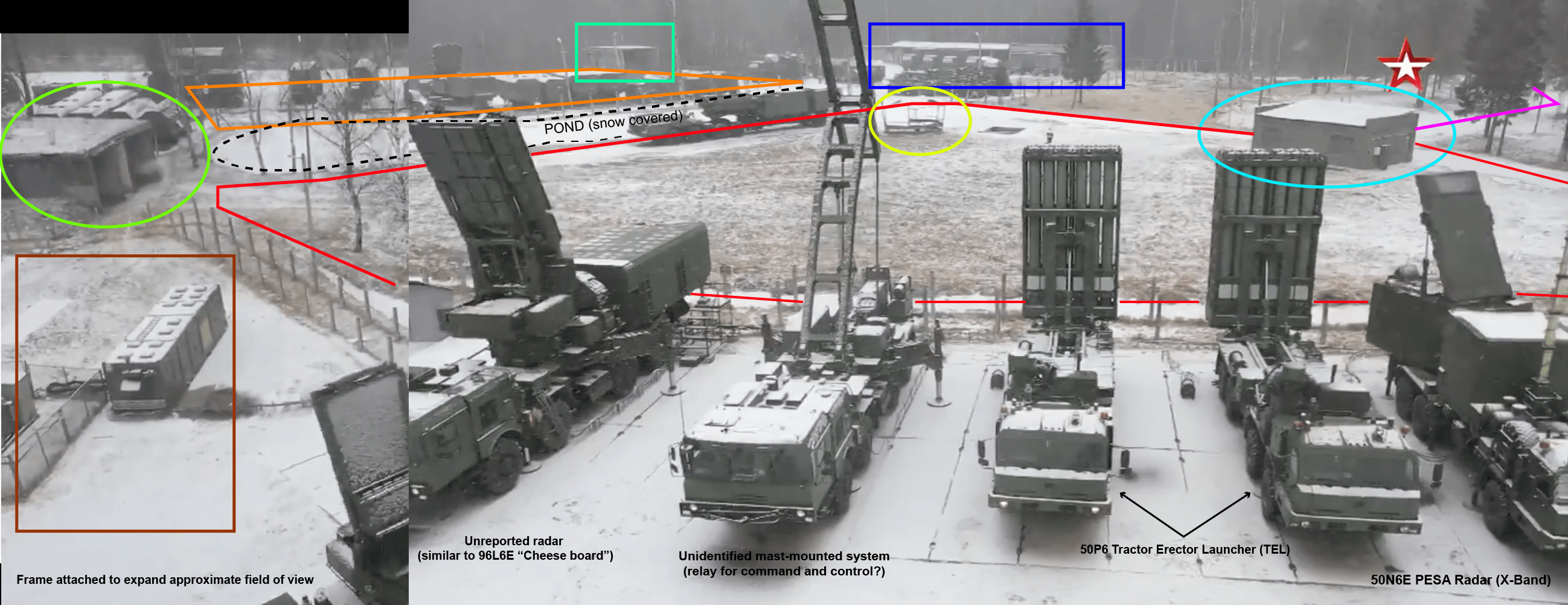
![This is How Iran Bombed Saudi Arabia [PRELIMINARY ASSESSMENT]](https://t-intell.com/wp-content/uploads/2019/09/map4cover-01-compressor.png)

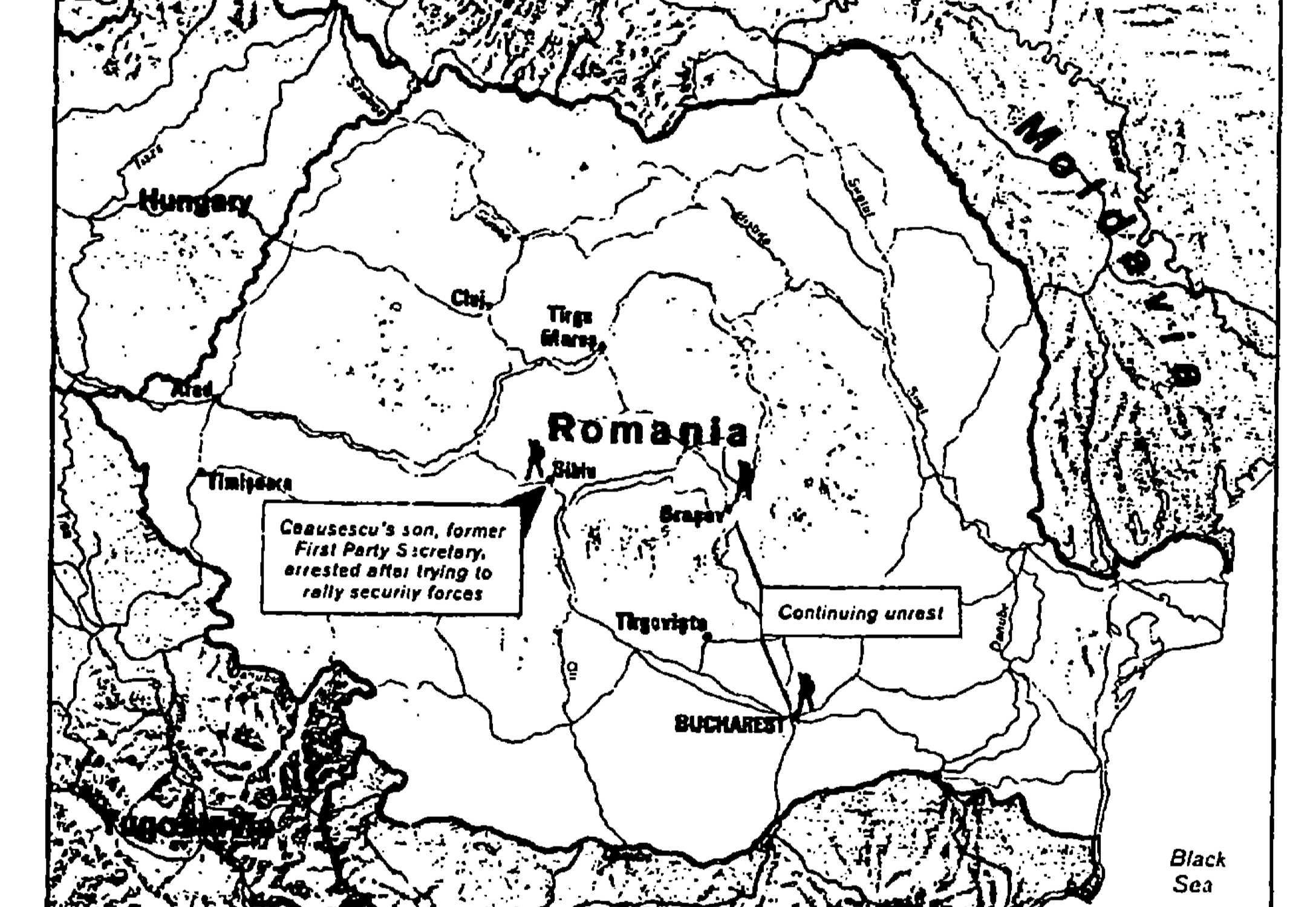


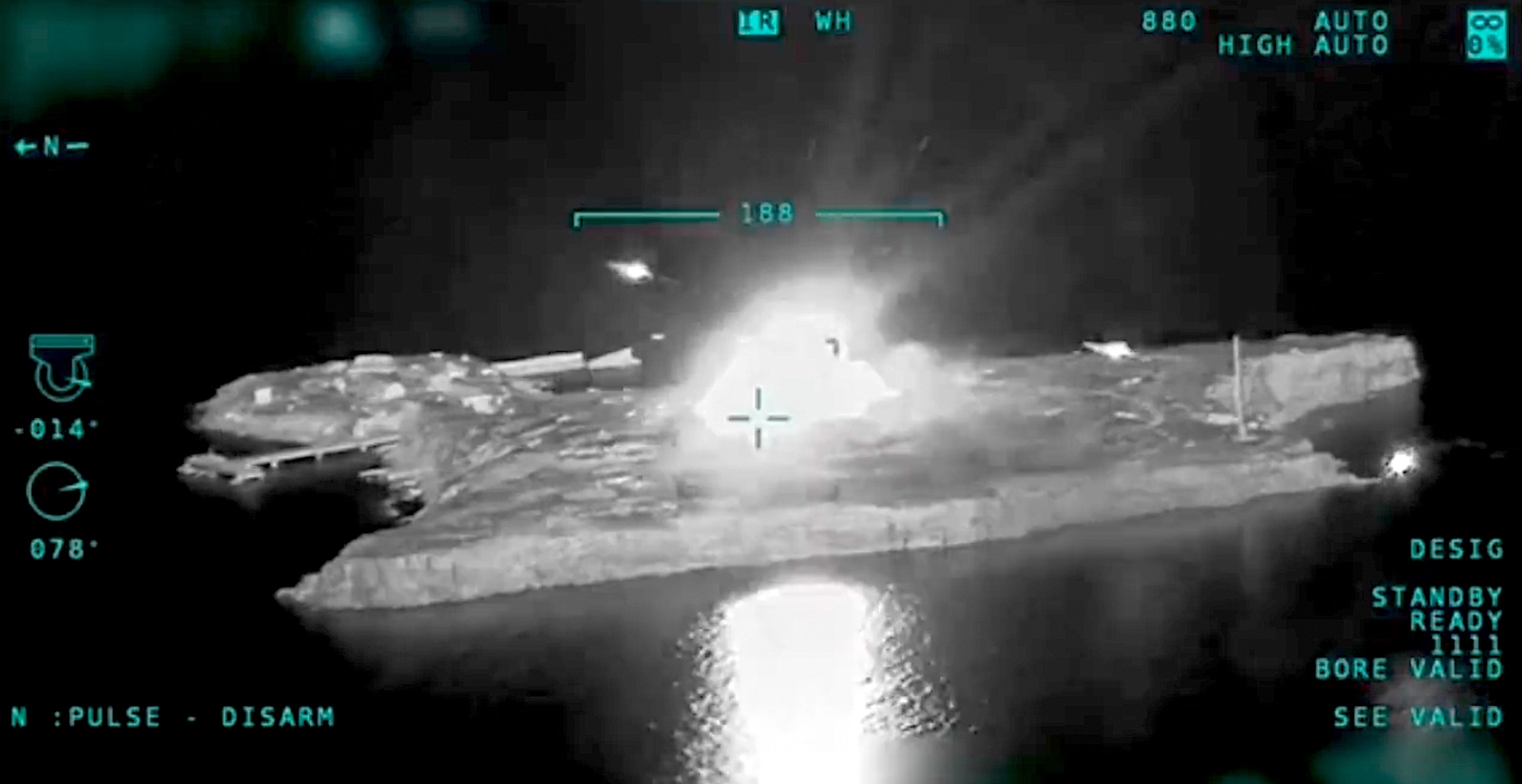
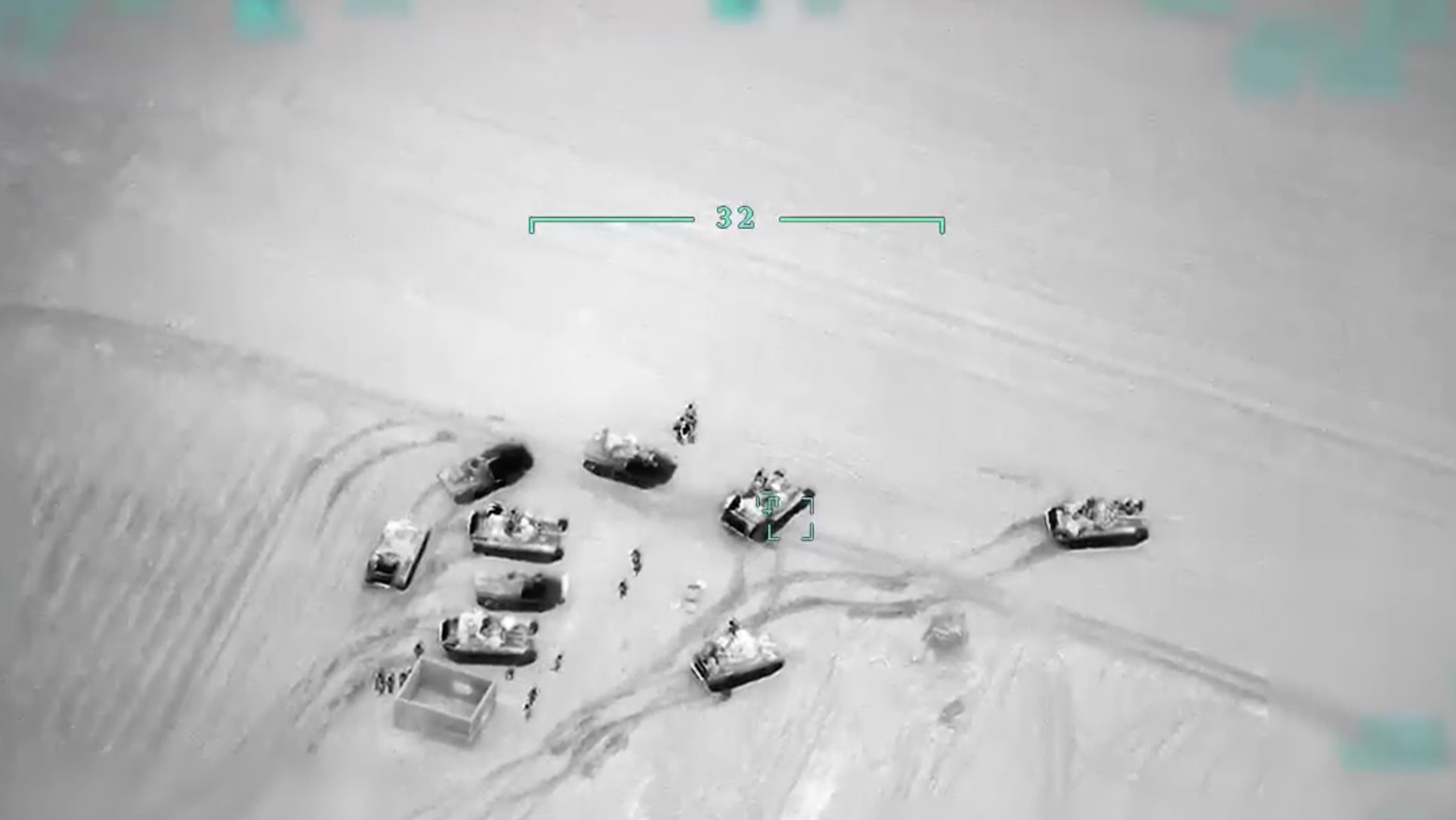
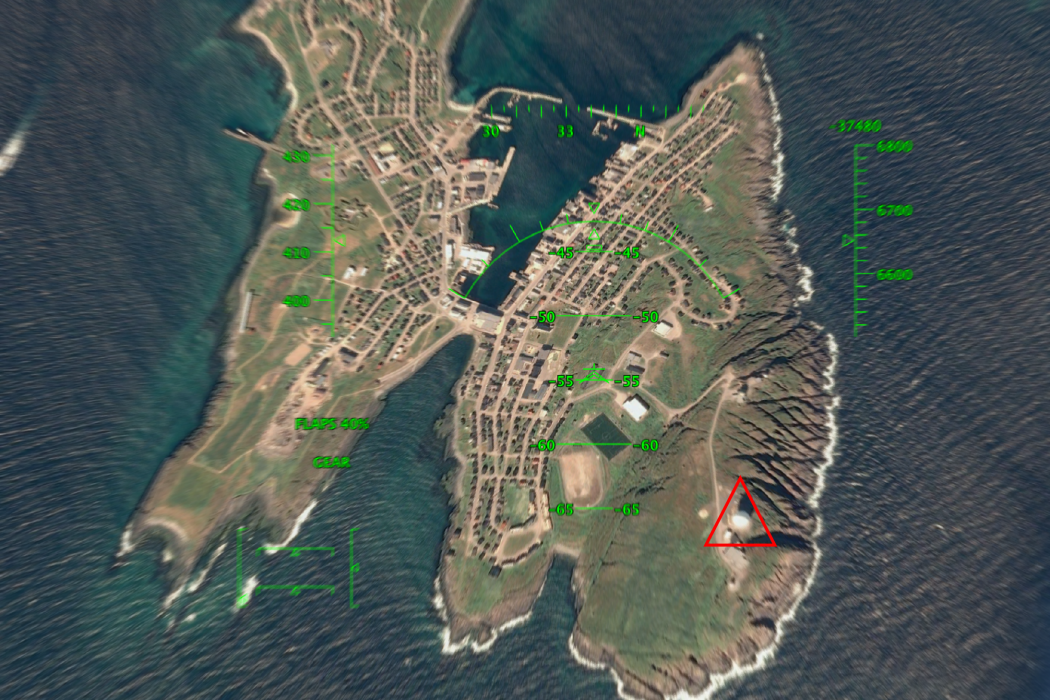


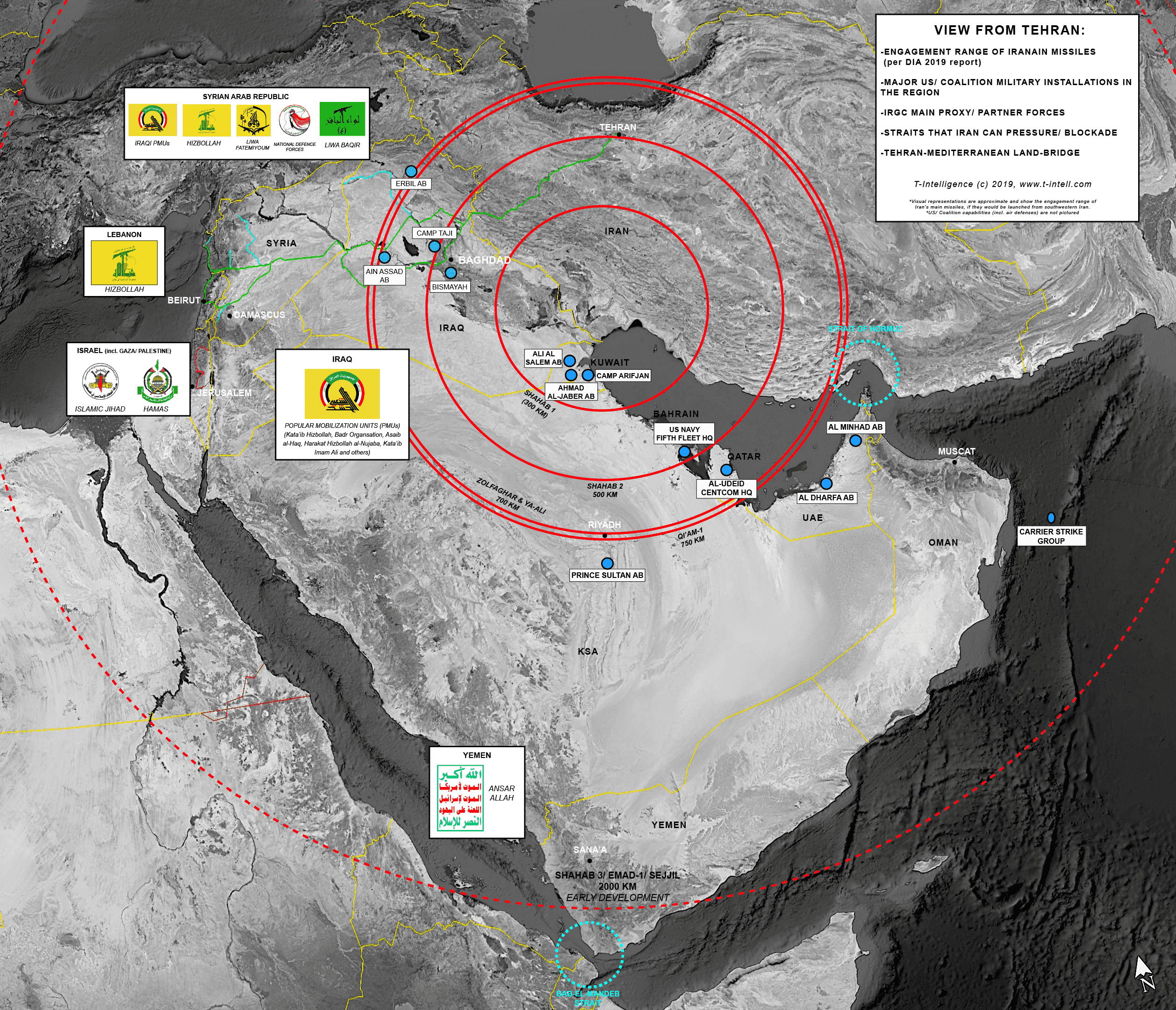
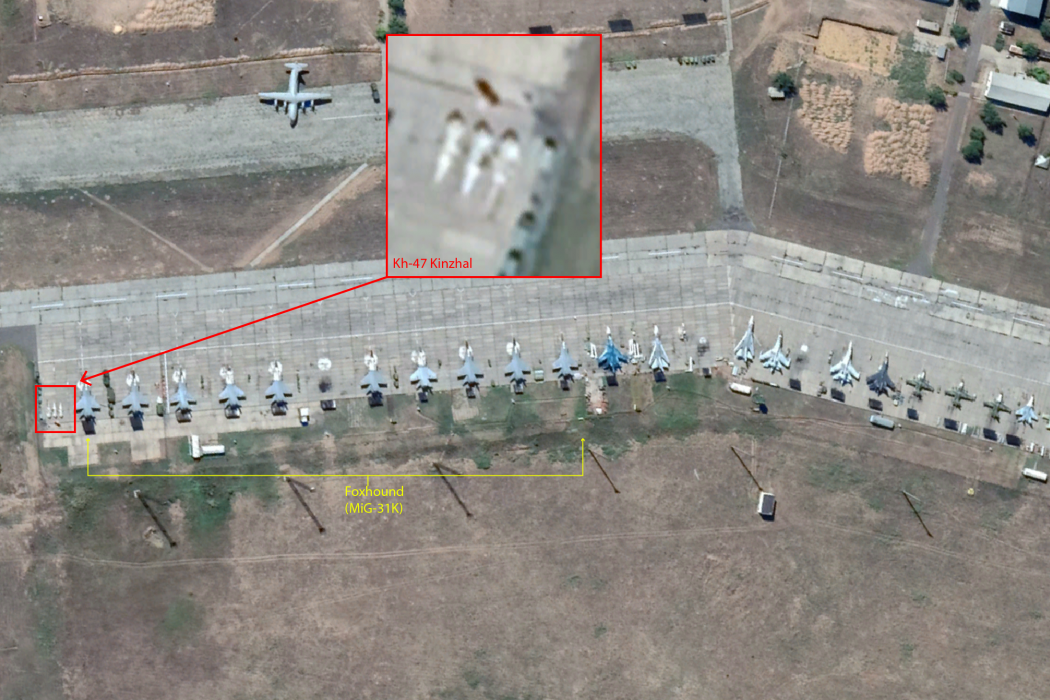

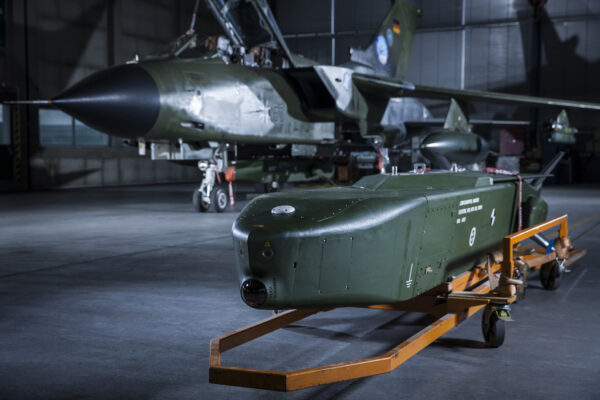
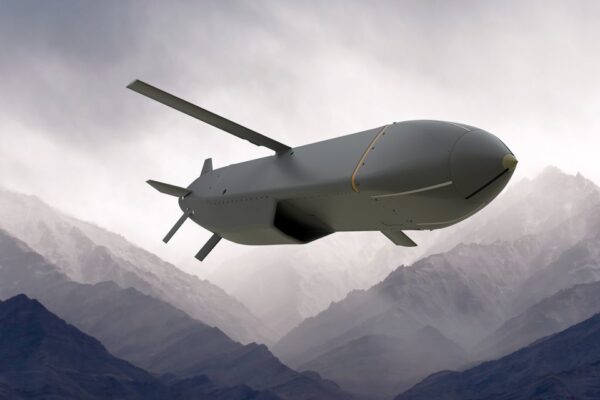
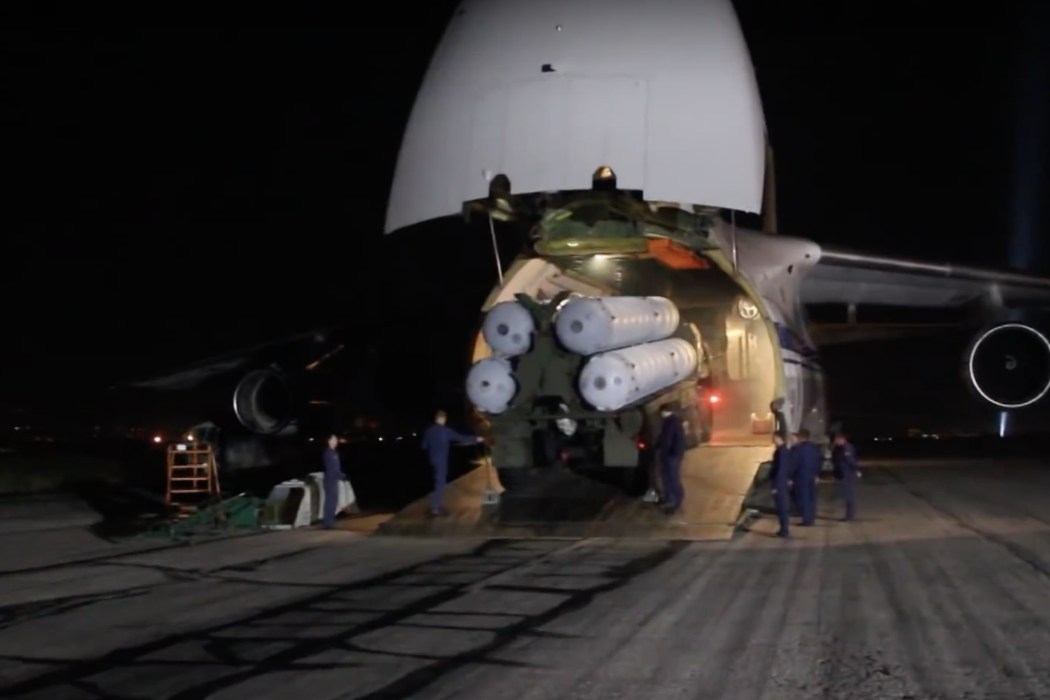
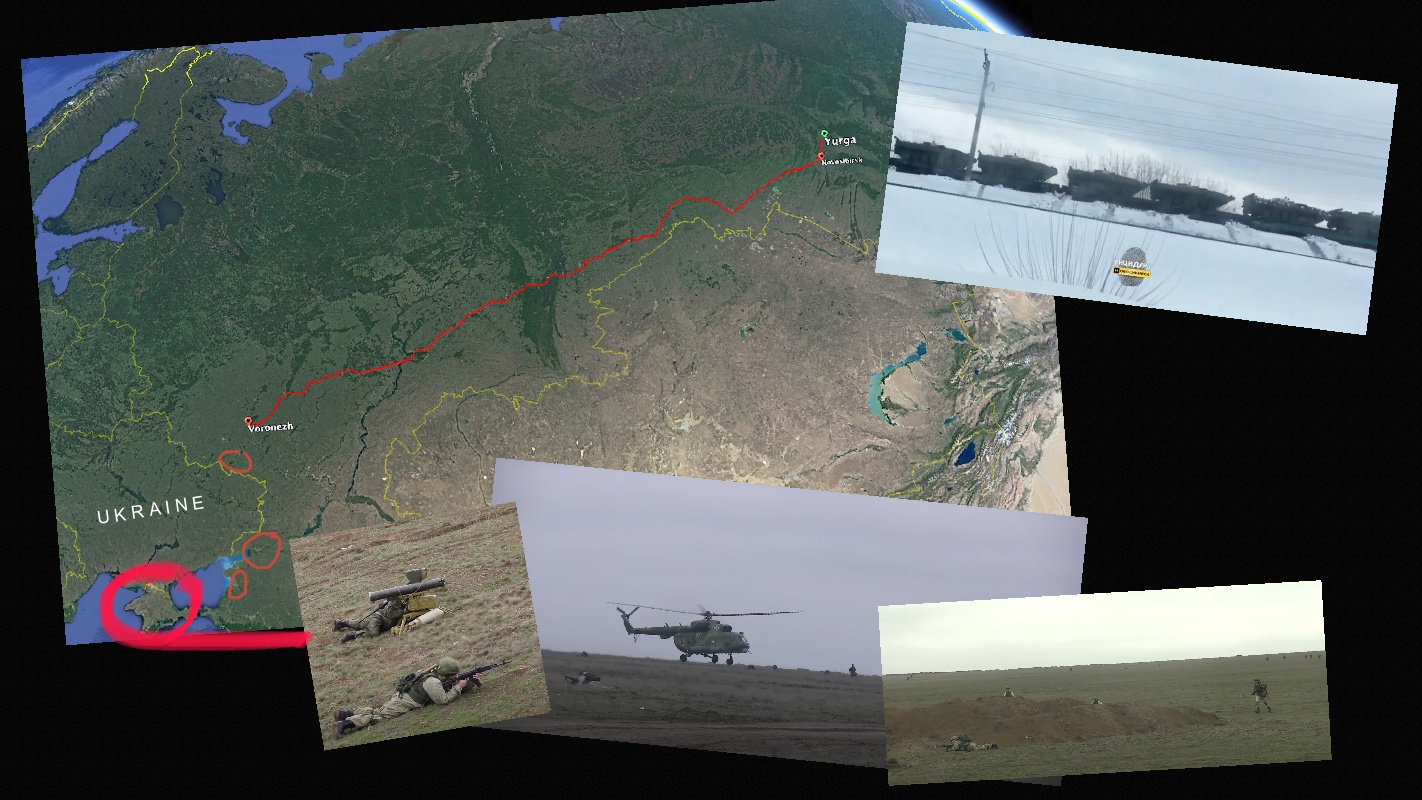
![Evacuation “Shattered Glass”: The US/ Coalition Bases in Syria [Part 2]](https://t-intell.com/wp-content/uploads/2020/02/TelSalman24.2.2018_optimized.png)
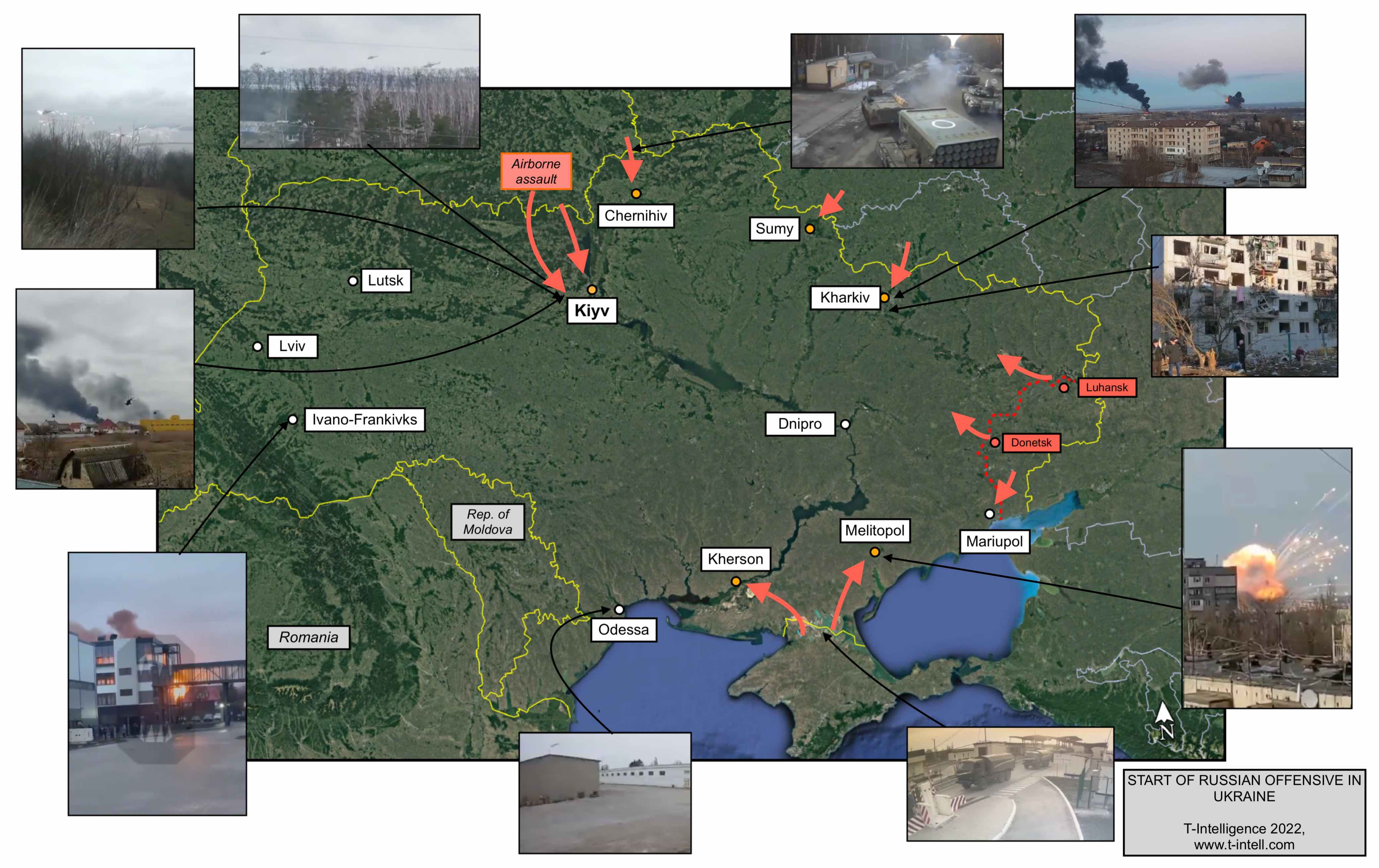

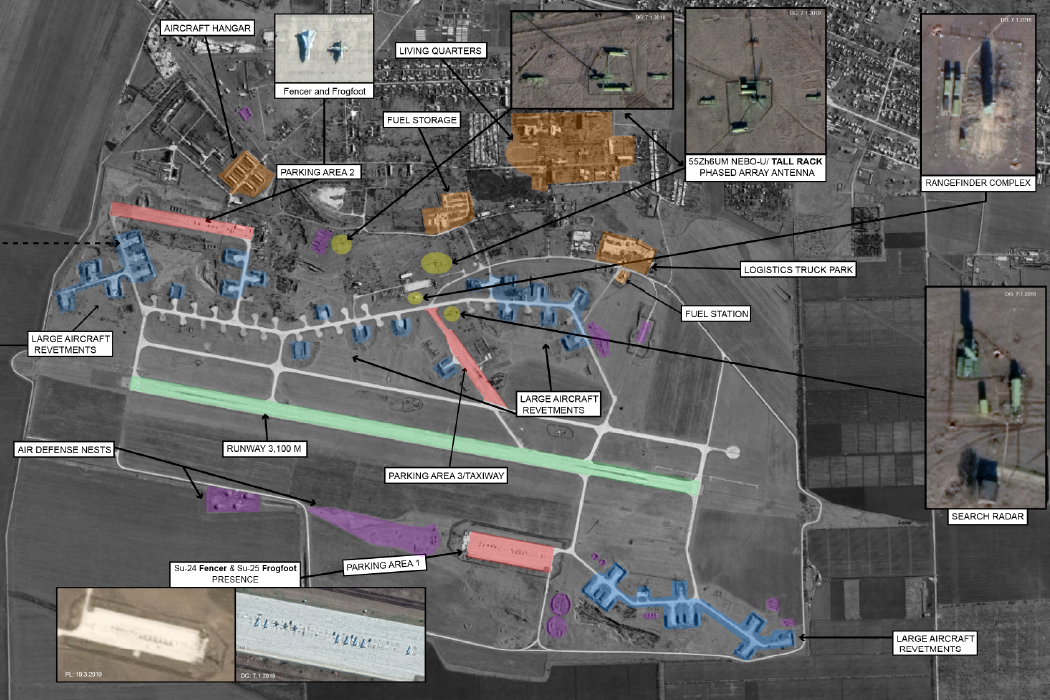

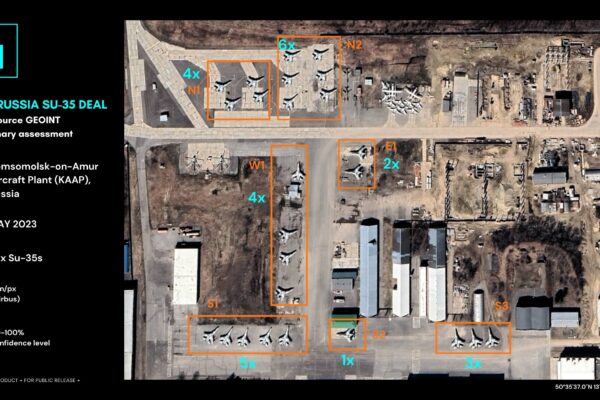
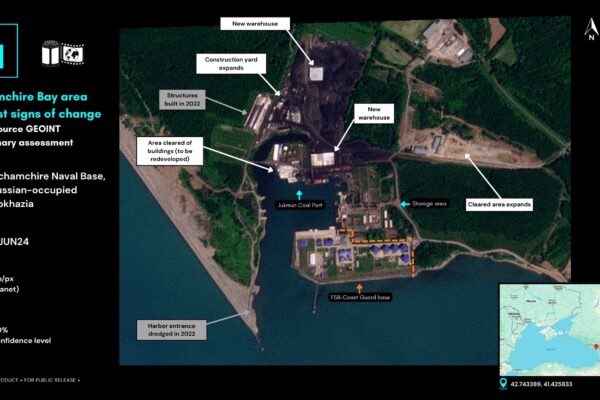

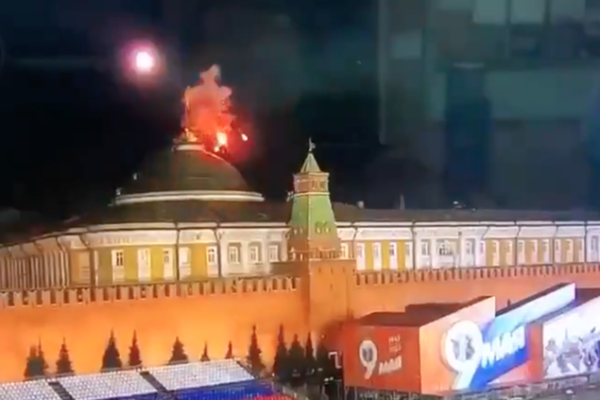

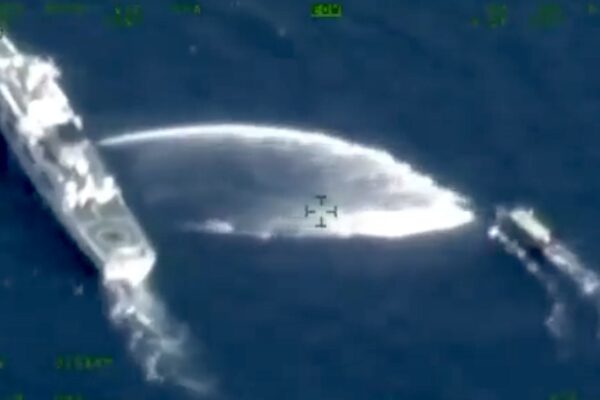
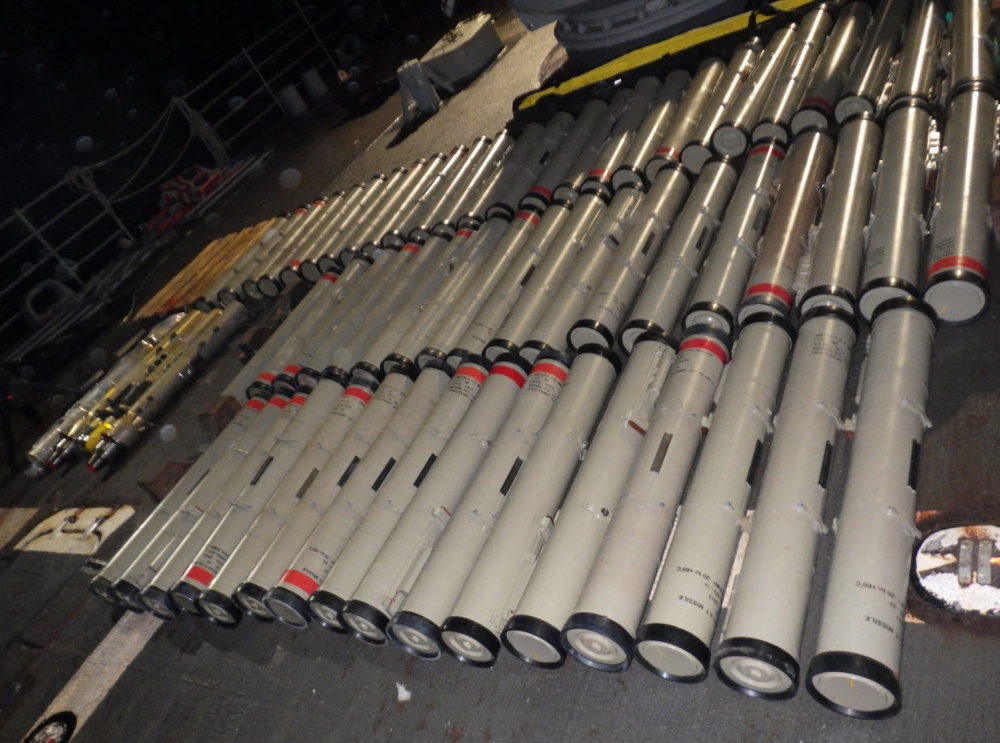
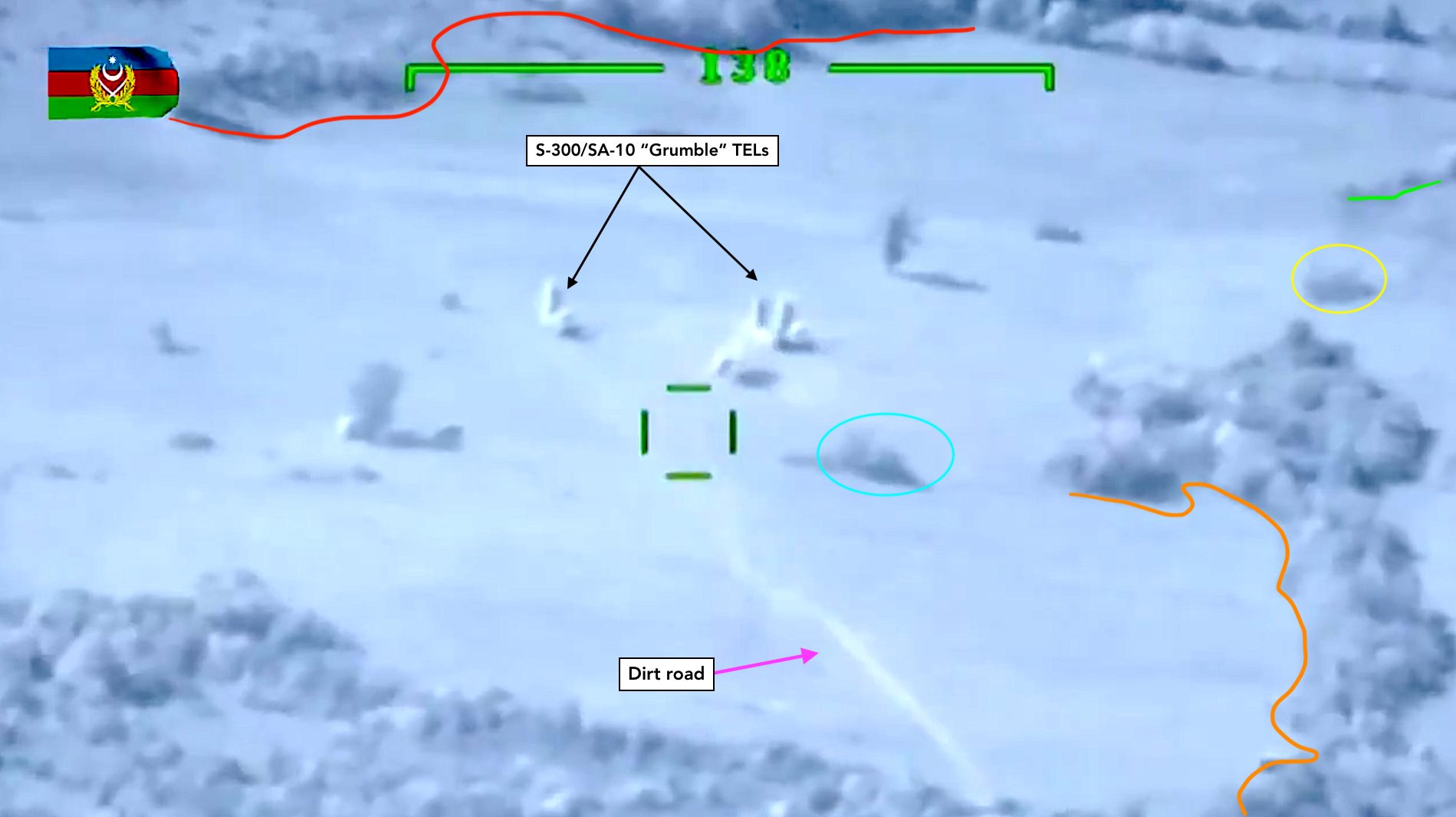
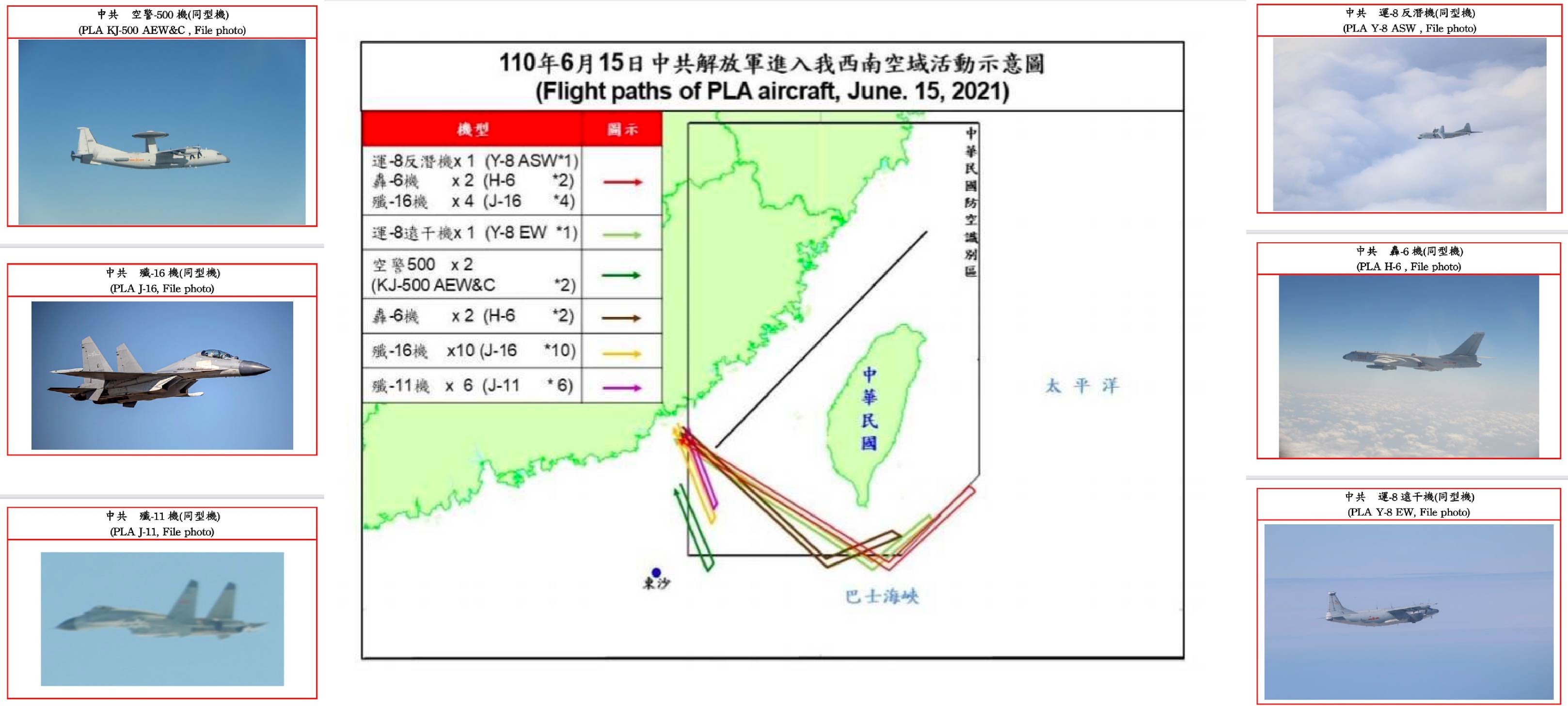

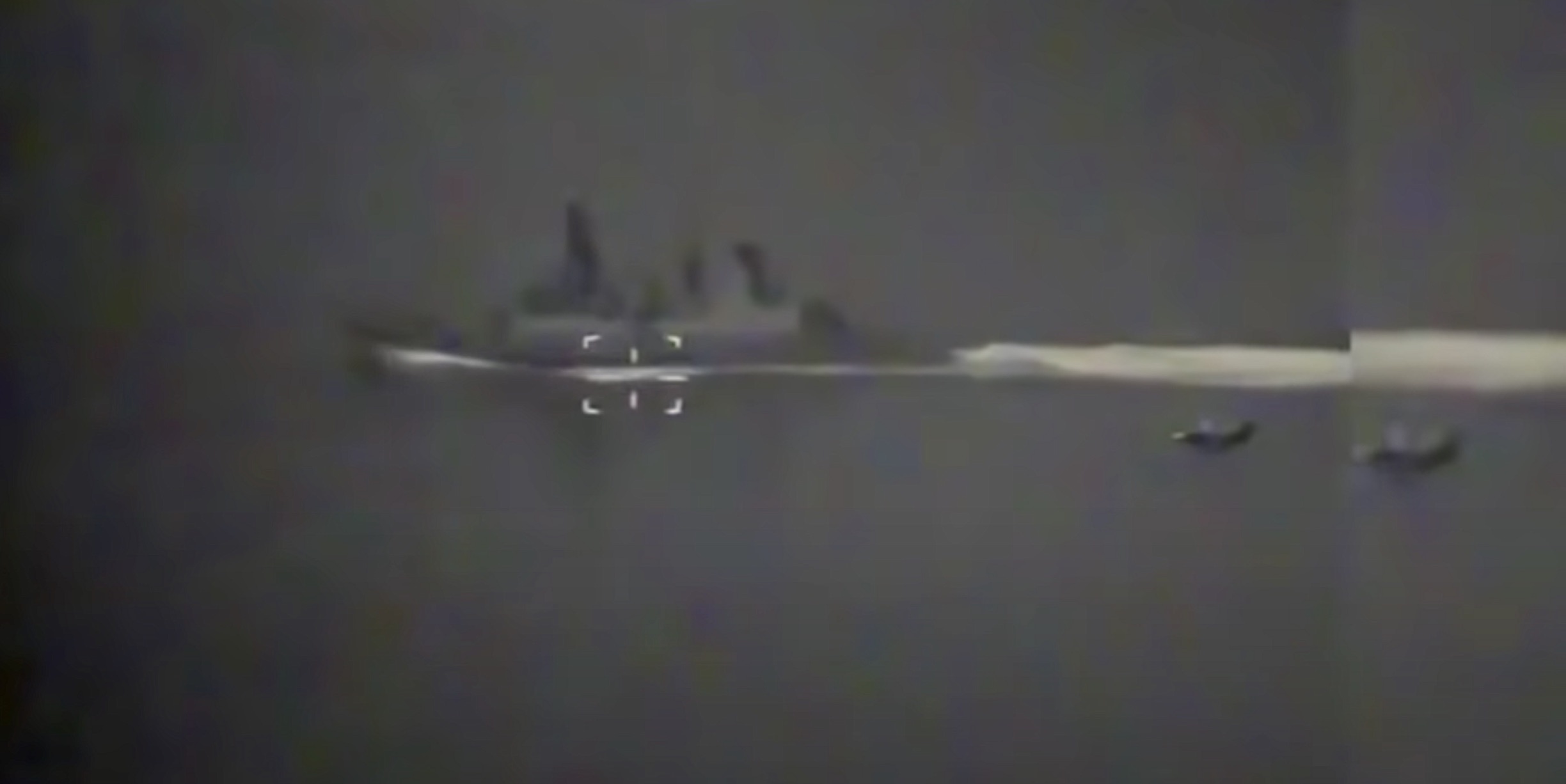
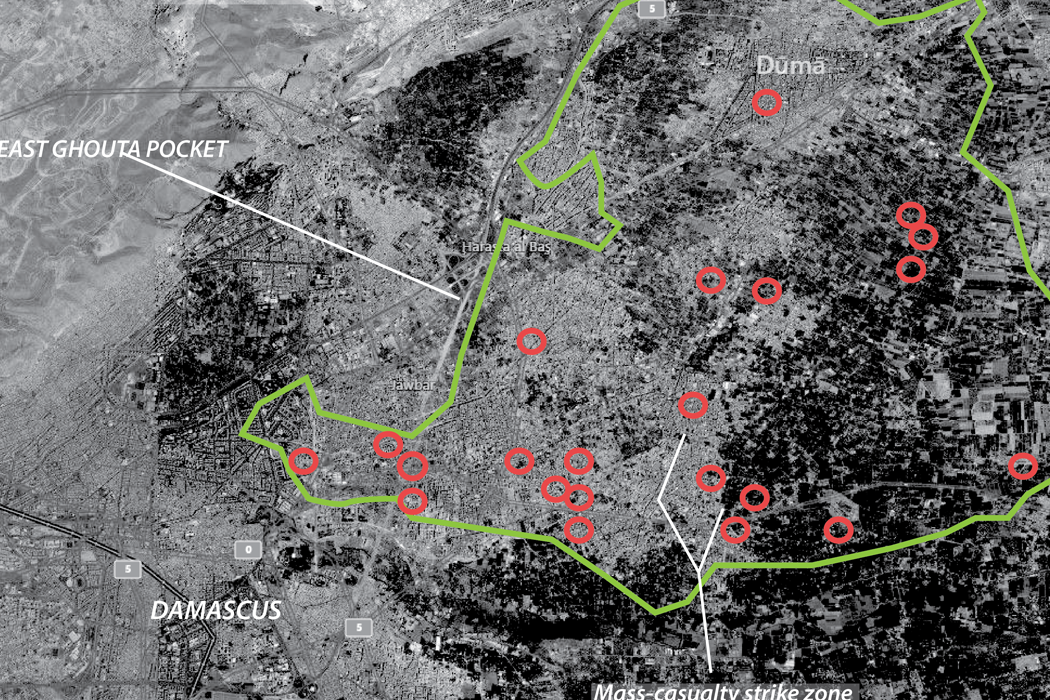

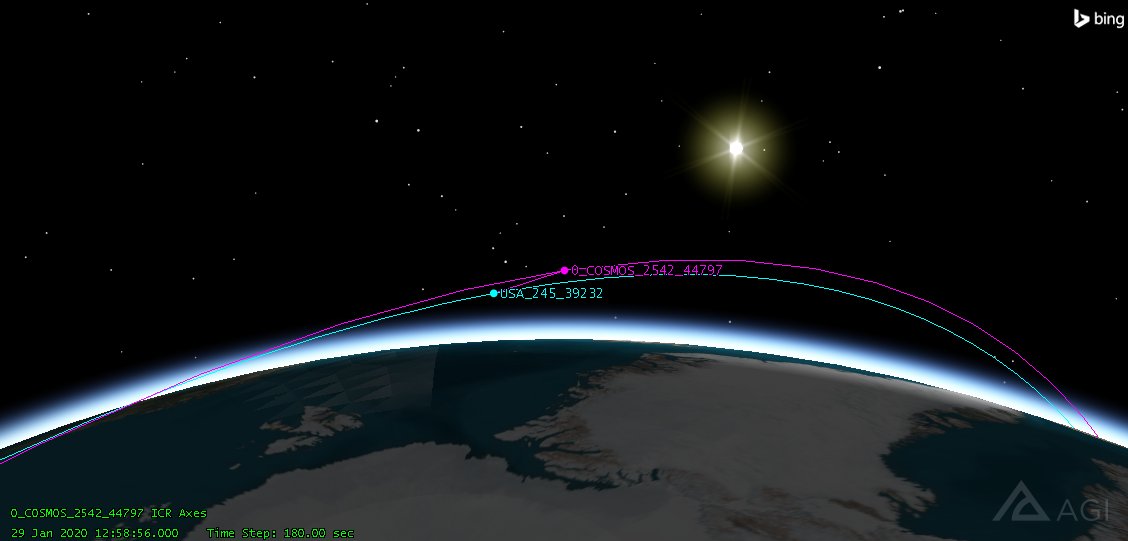



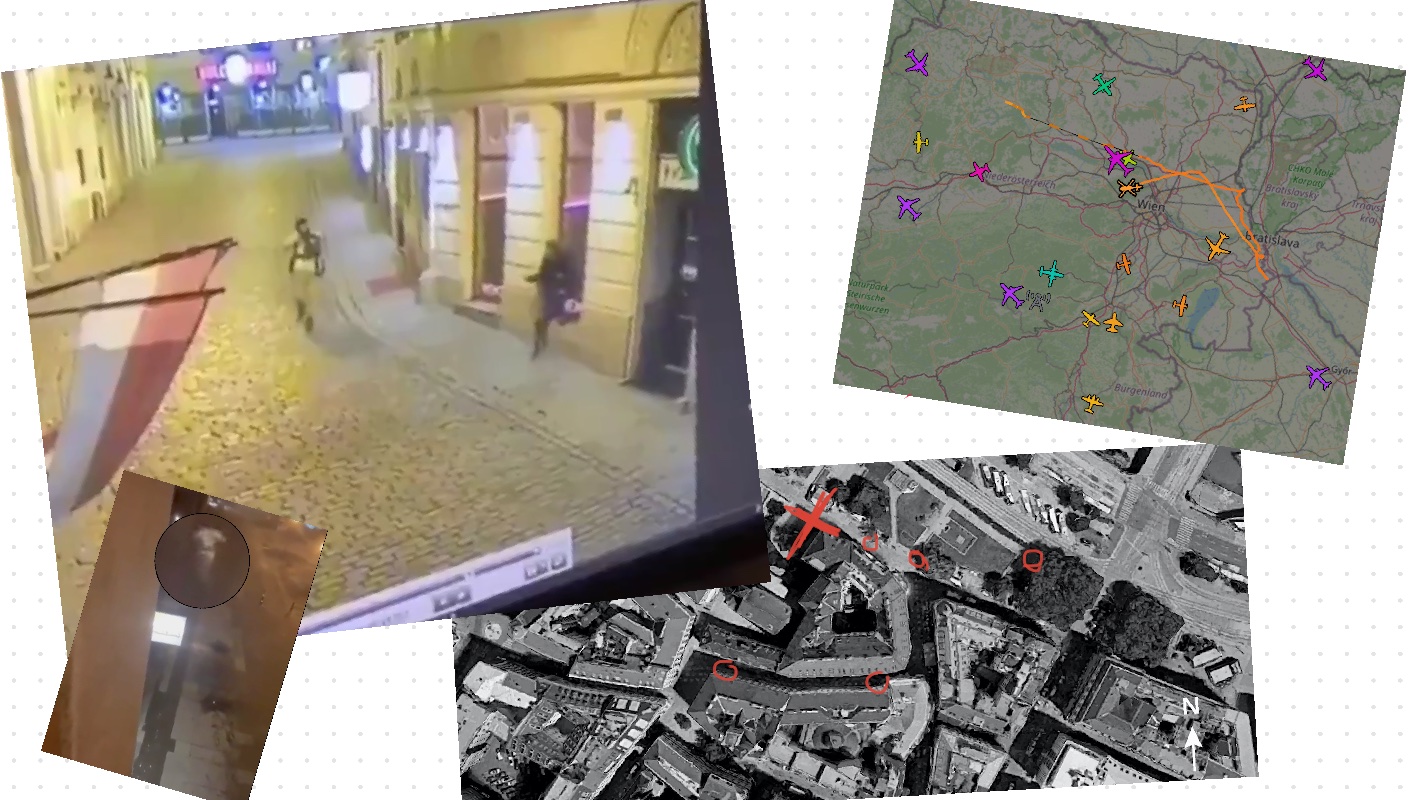
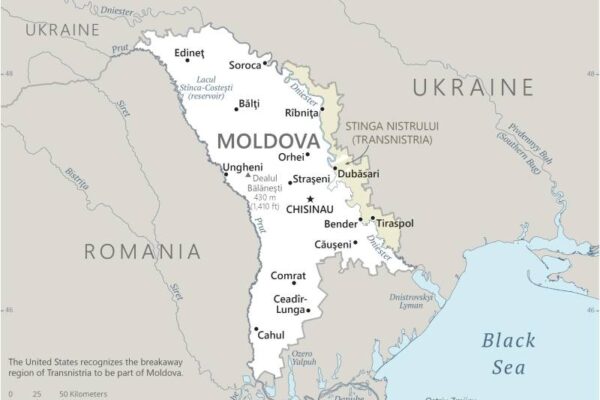
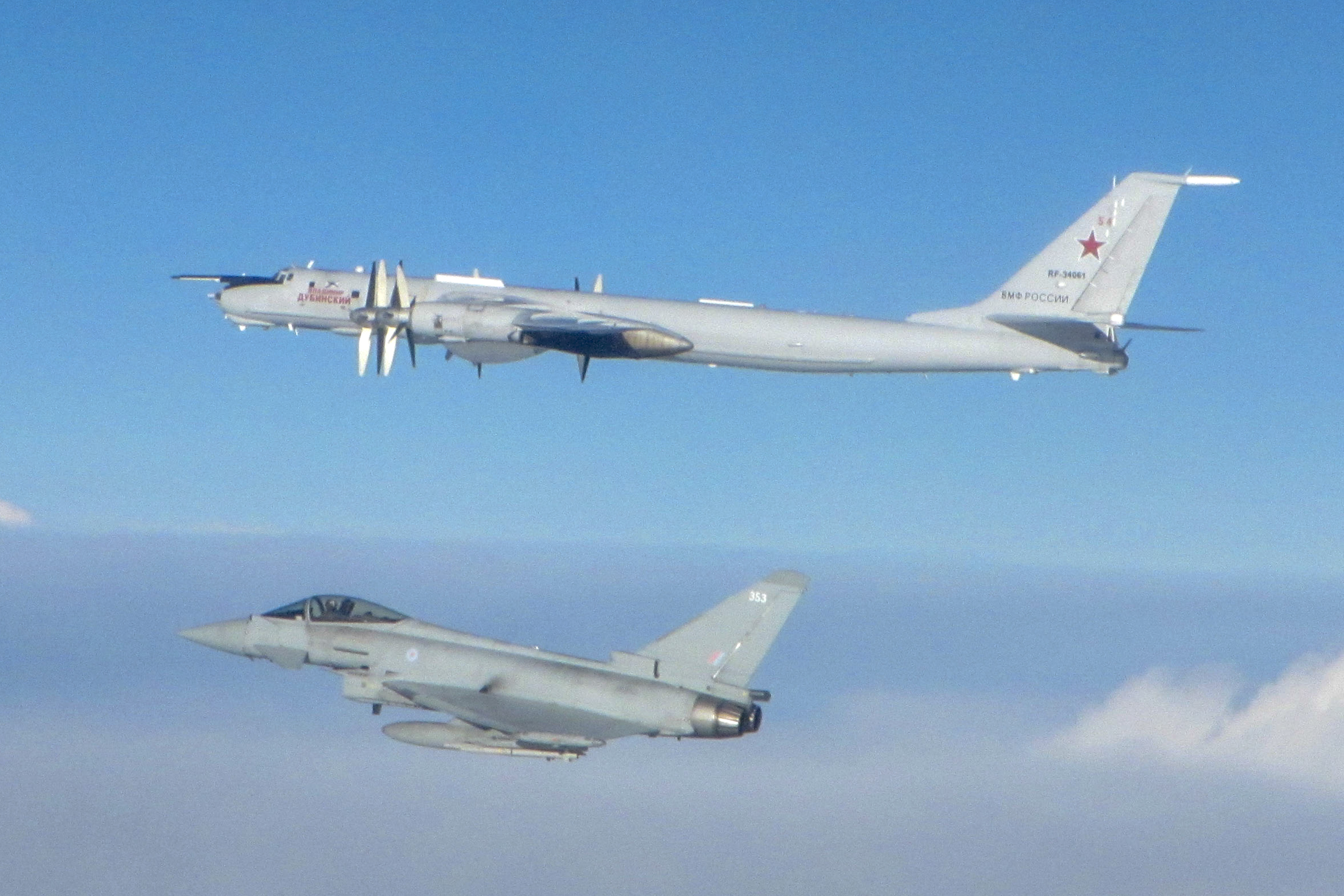

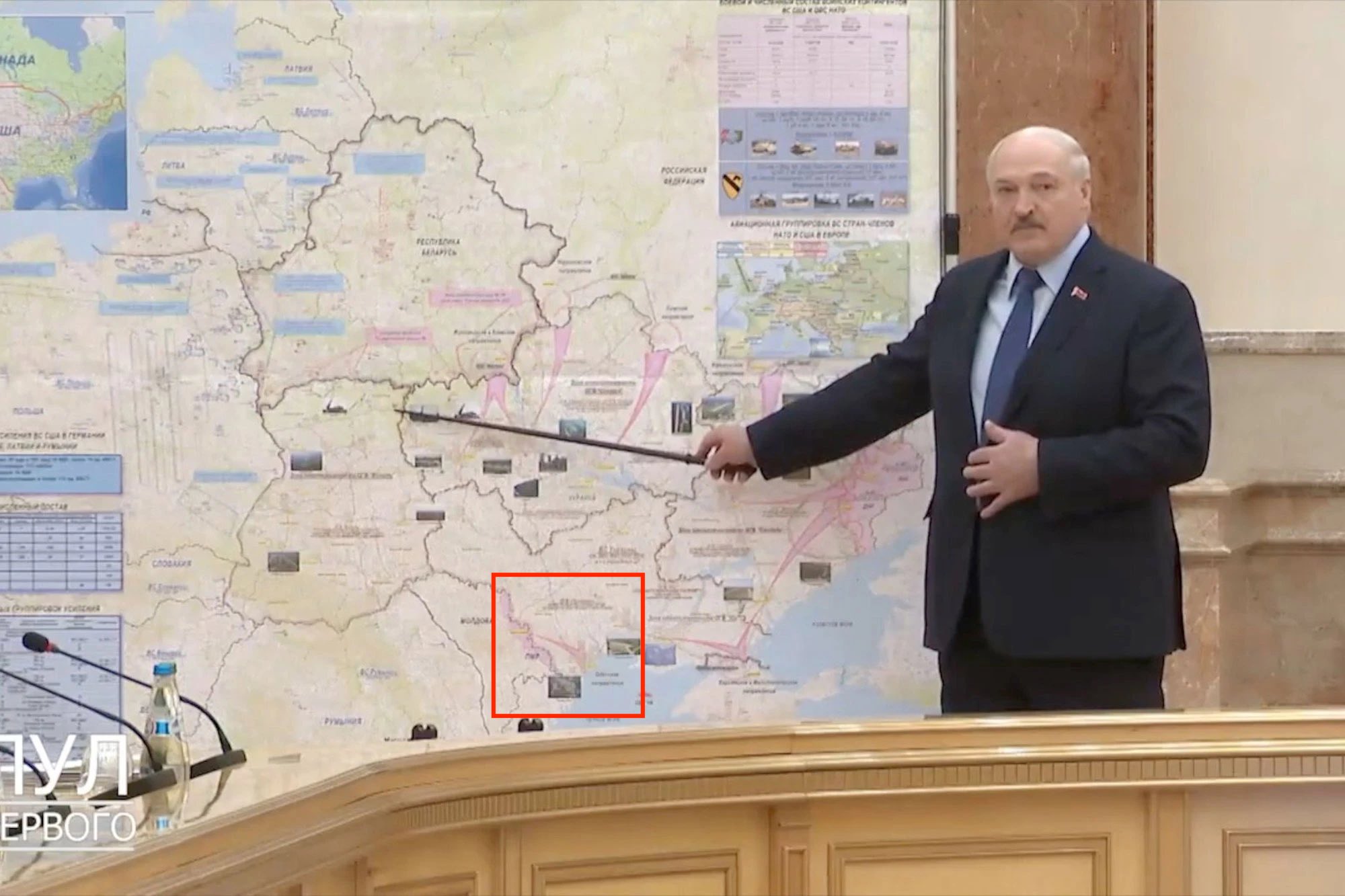

![Pride of Belarus: Baranovichi 61st Fighter Air Base [GEOINT]](https://t-intell.com/wp-content/uploads/2021/08/cover_article.jpg)
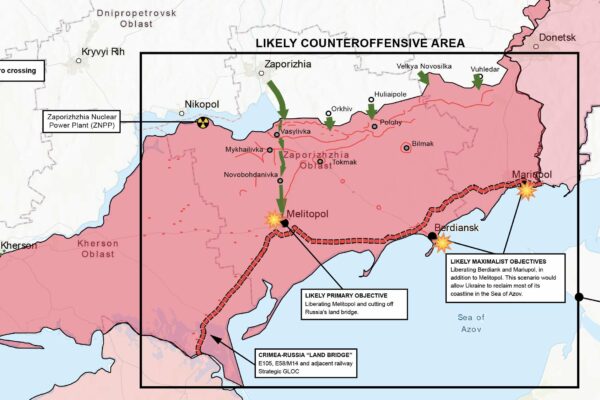

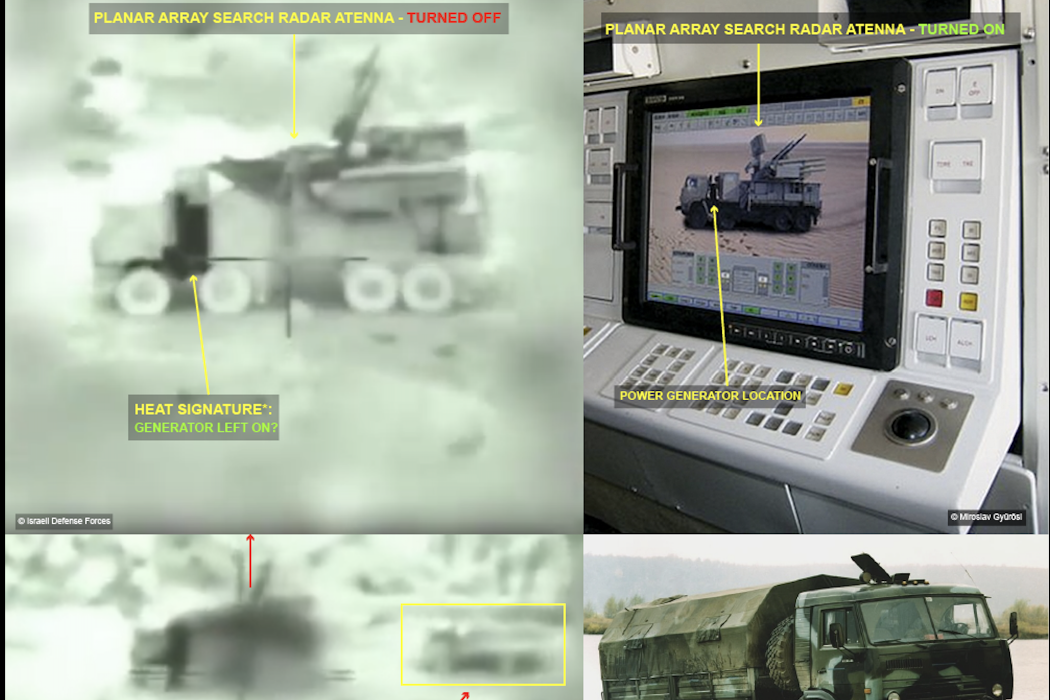
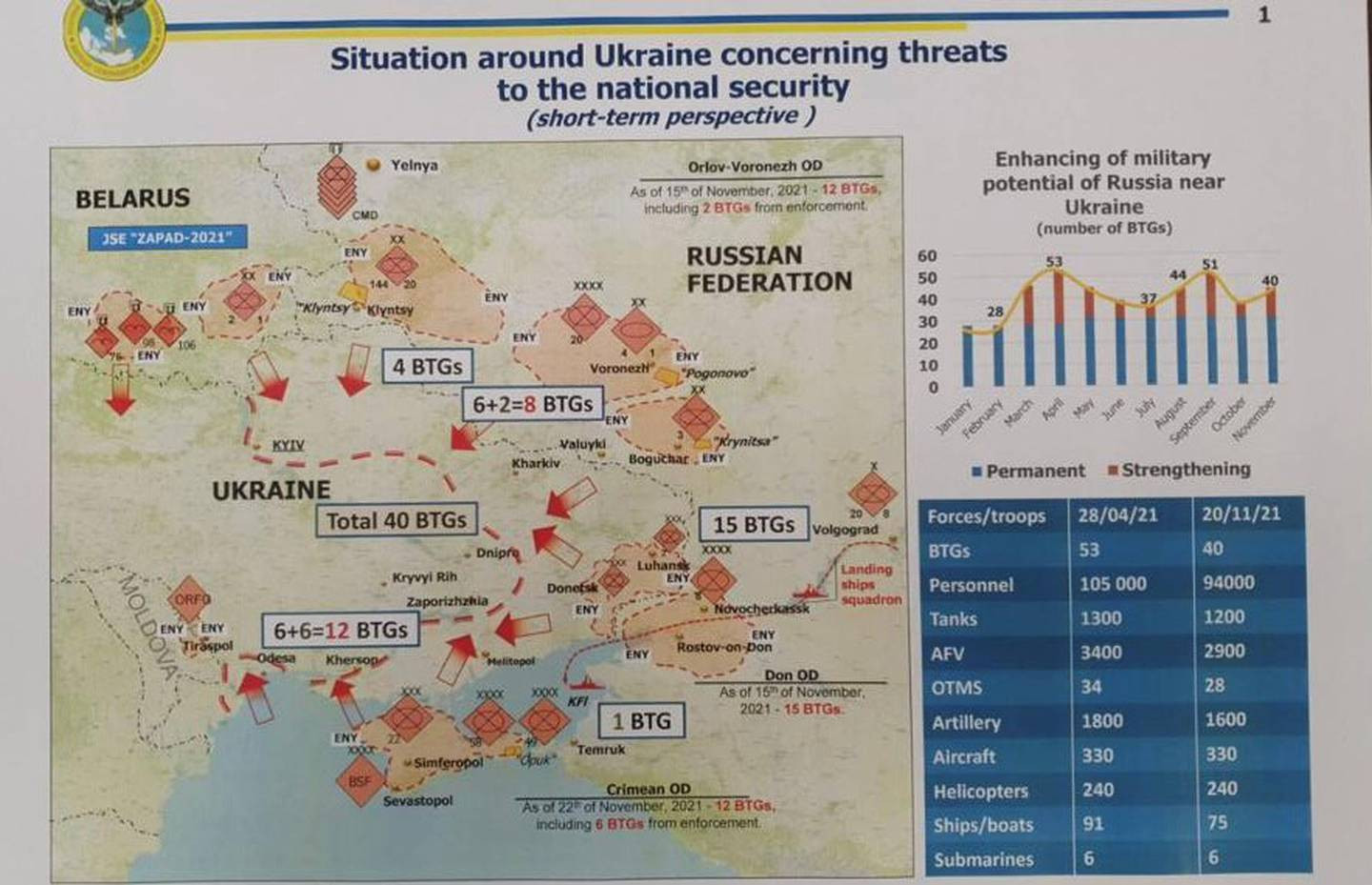
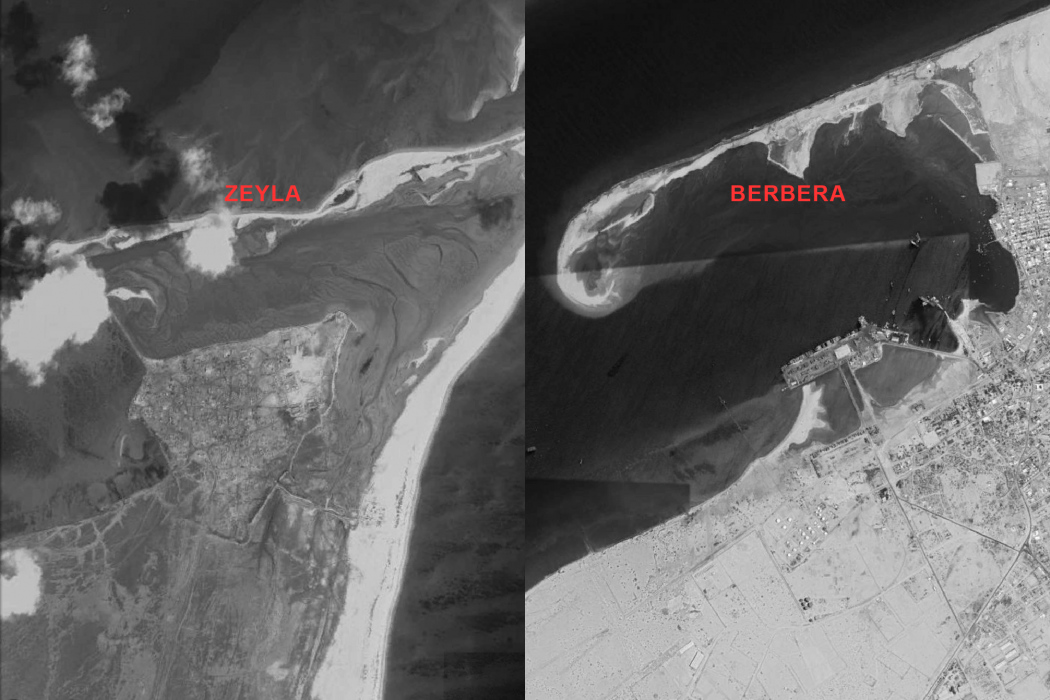

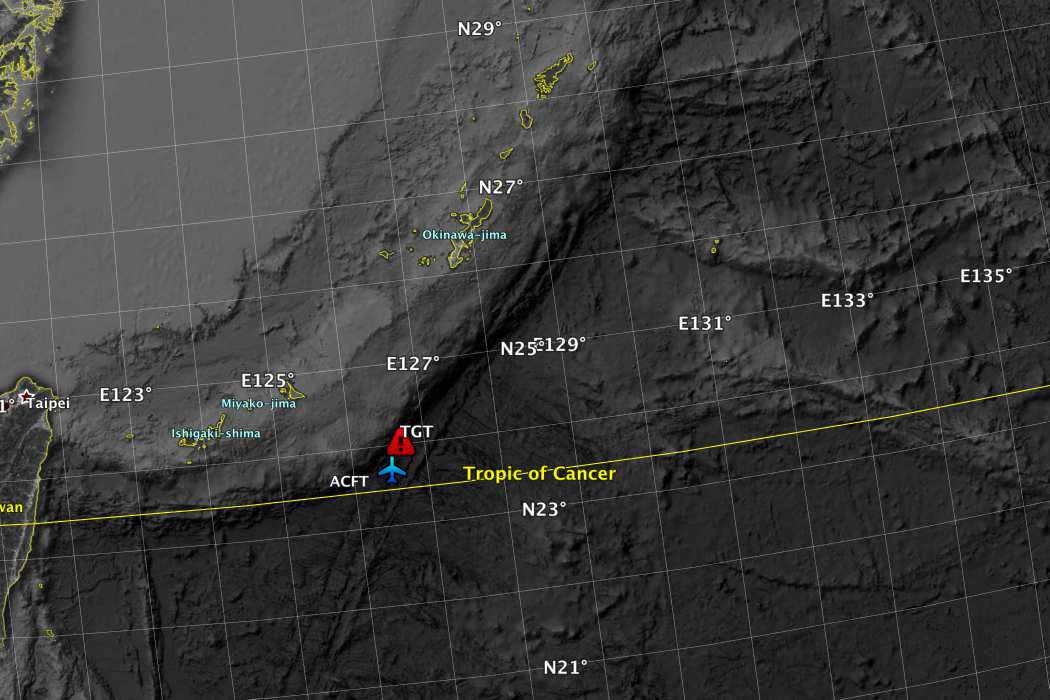
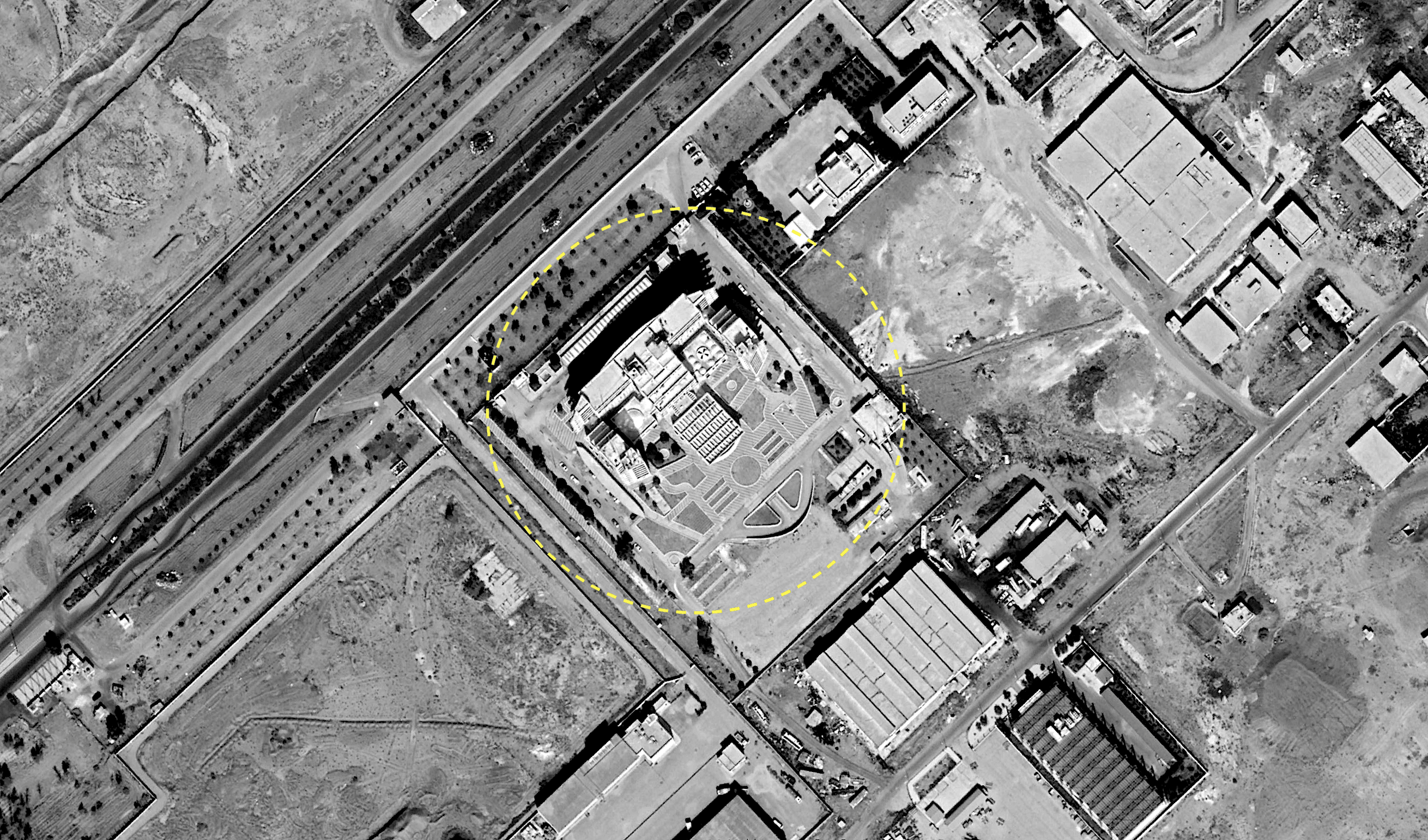


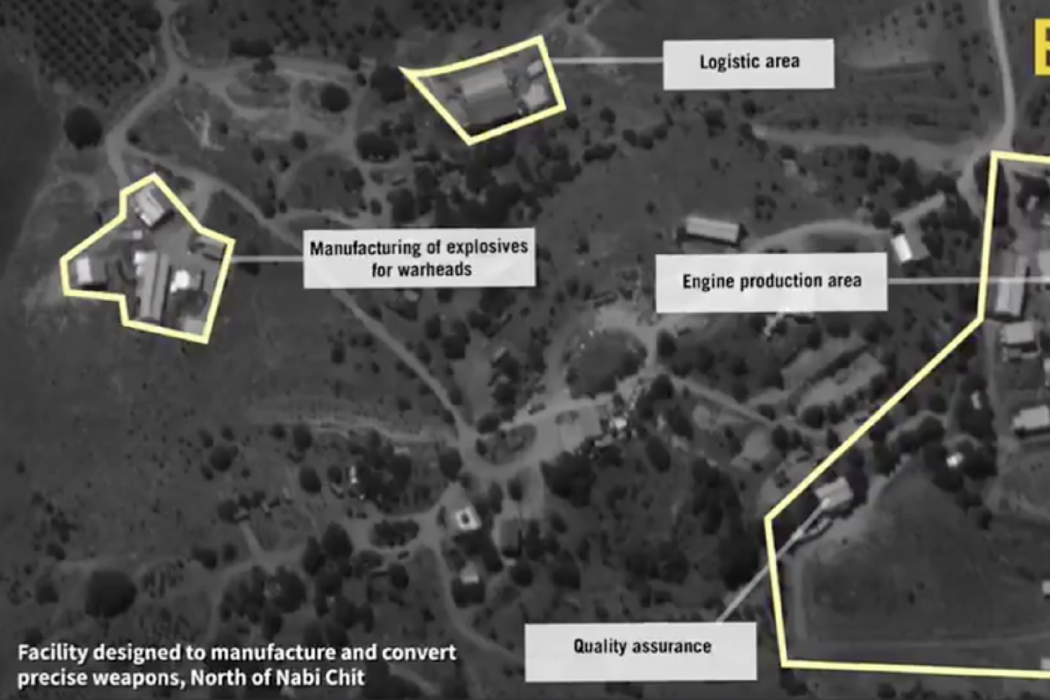



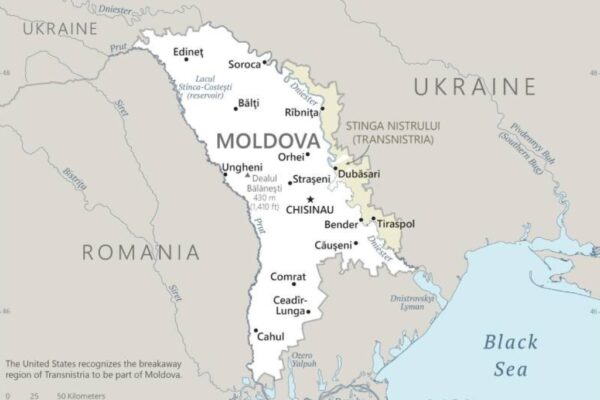

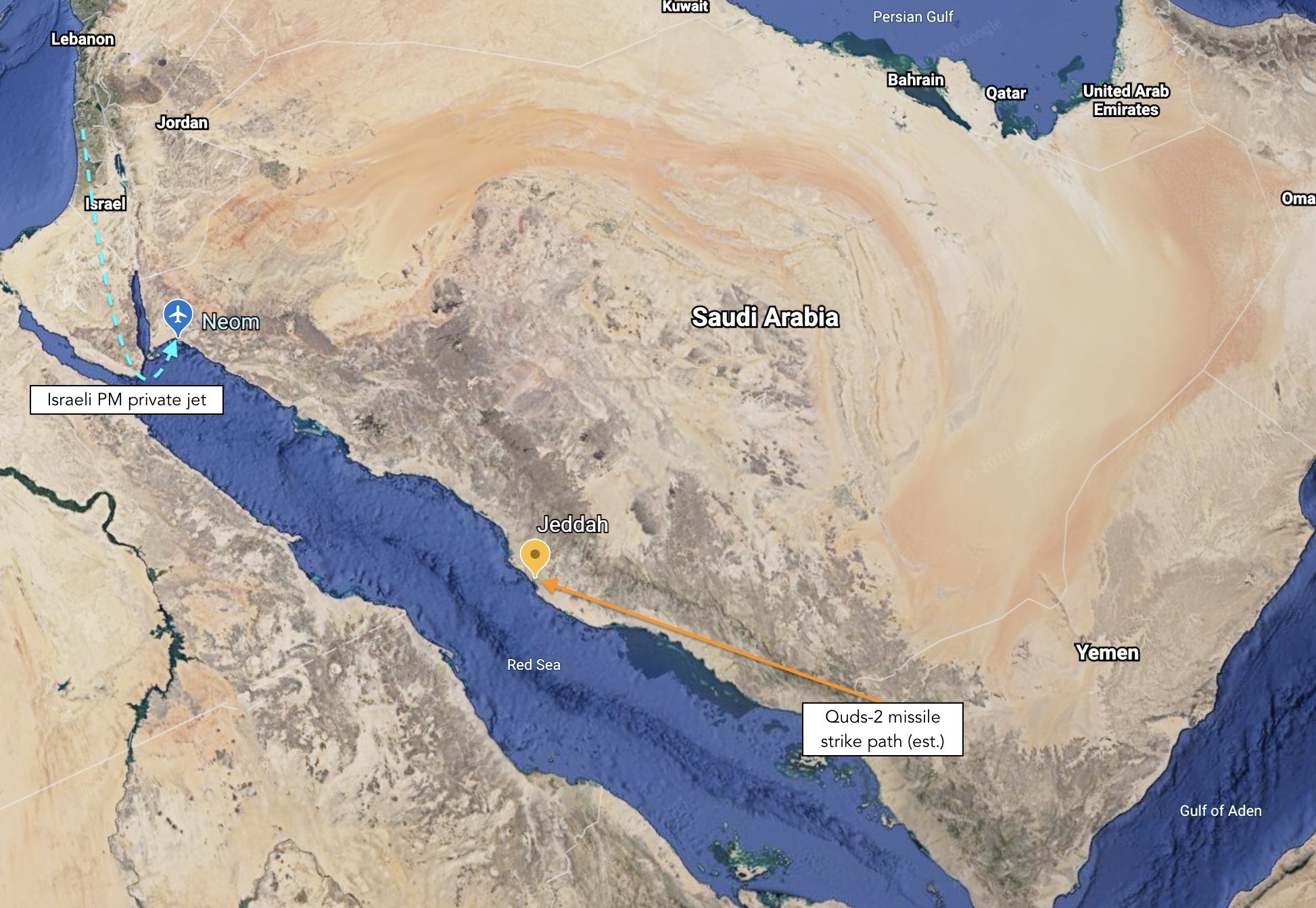

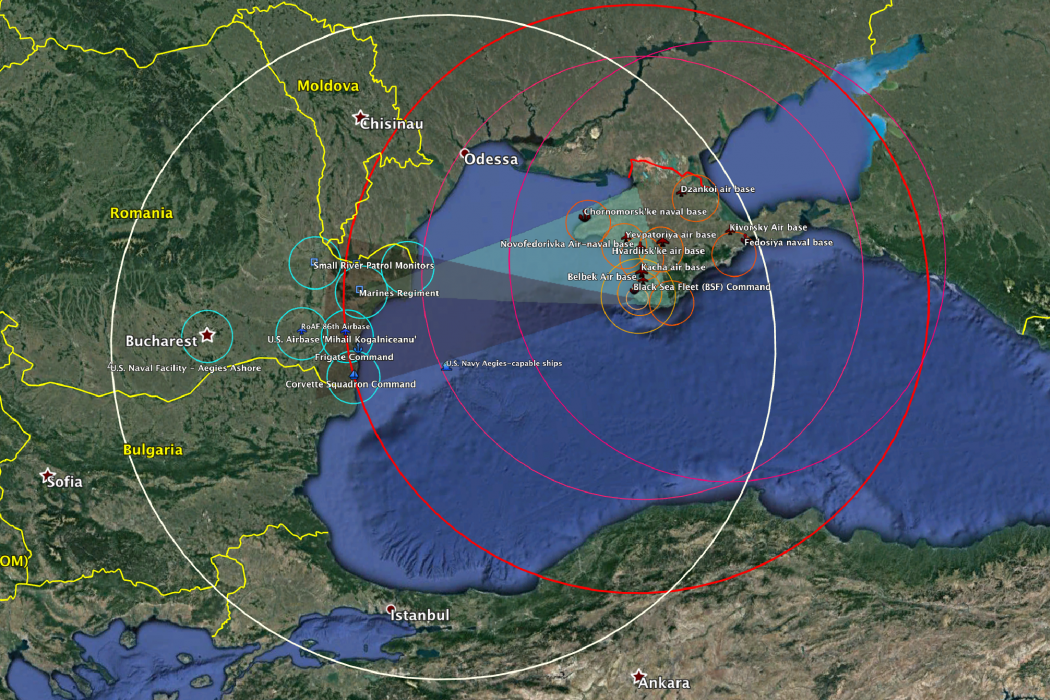
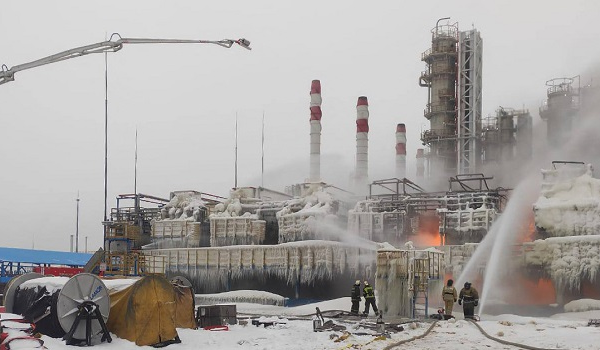
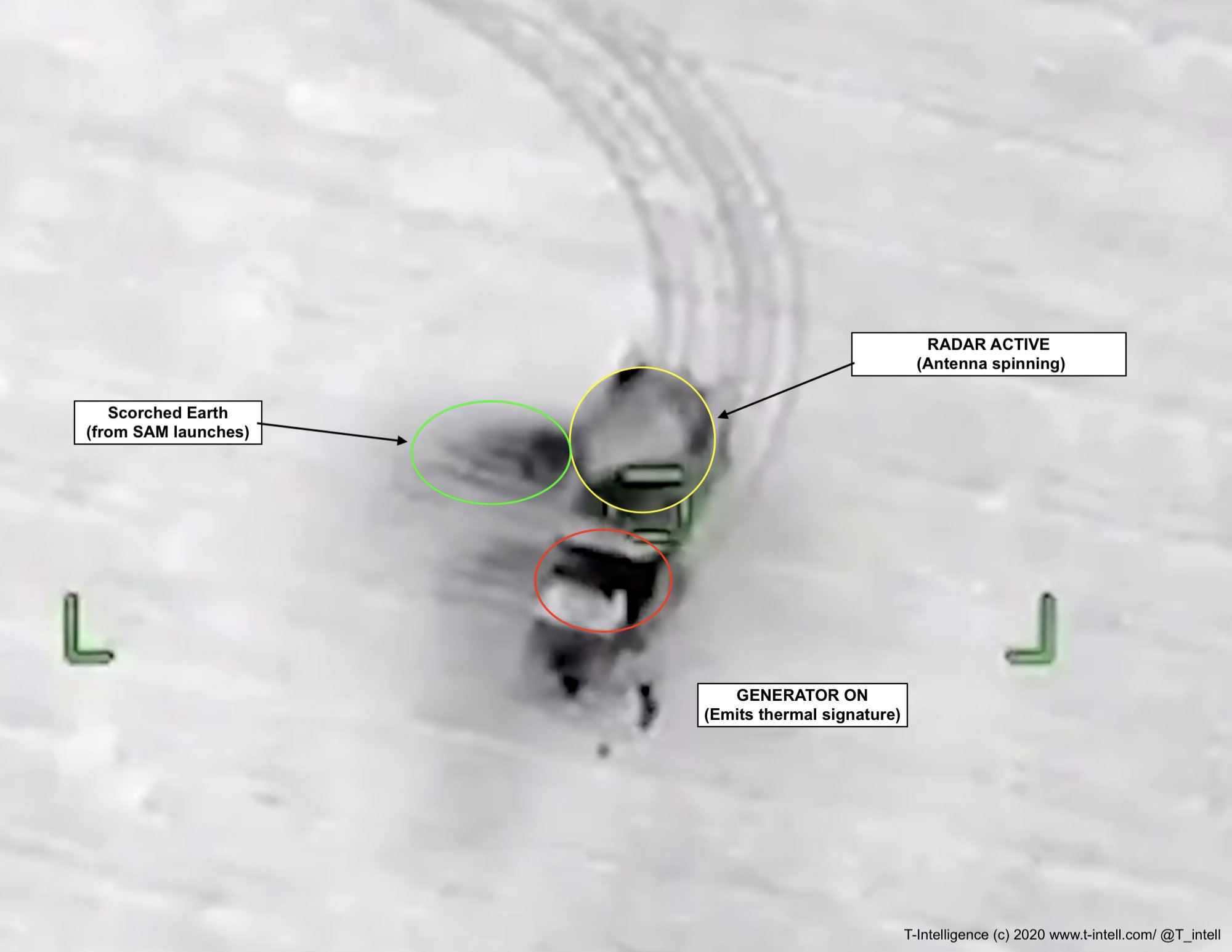
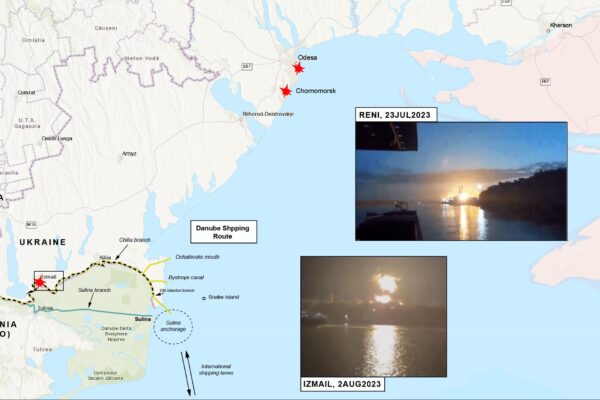
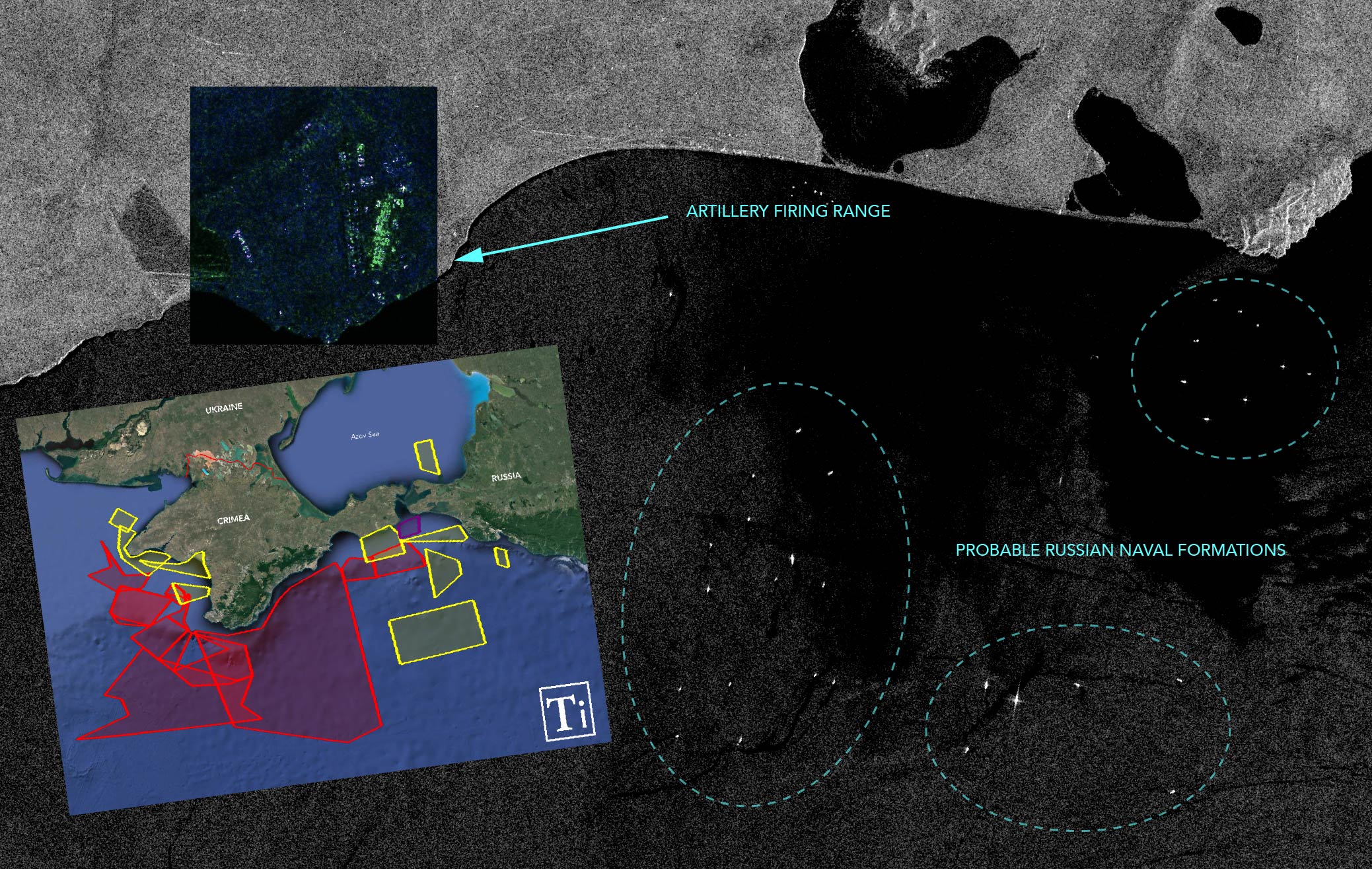




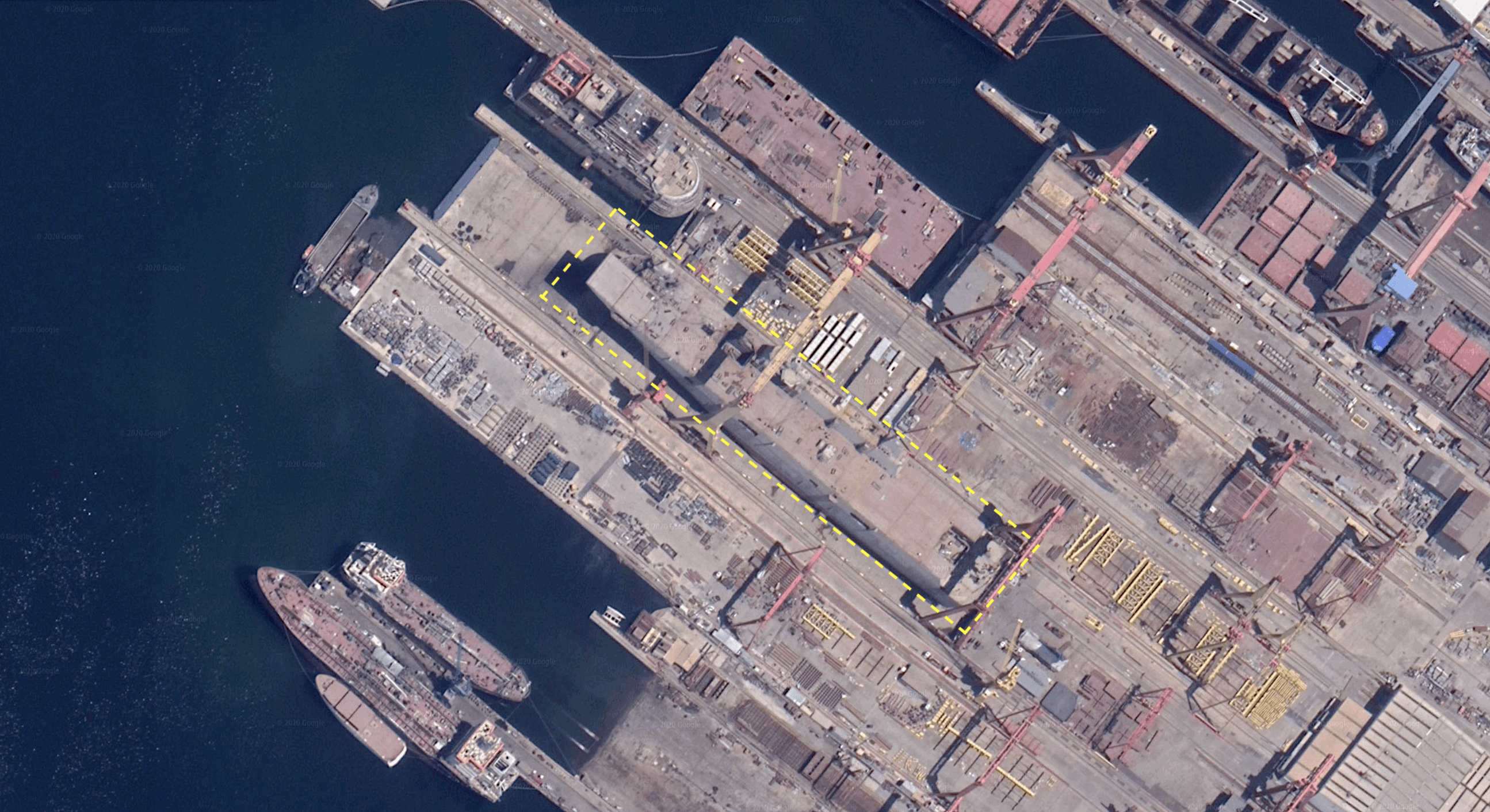
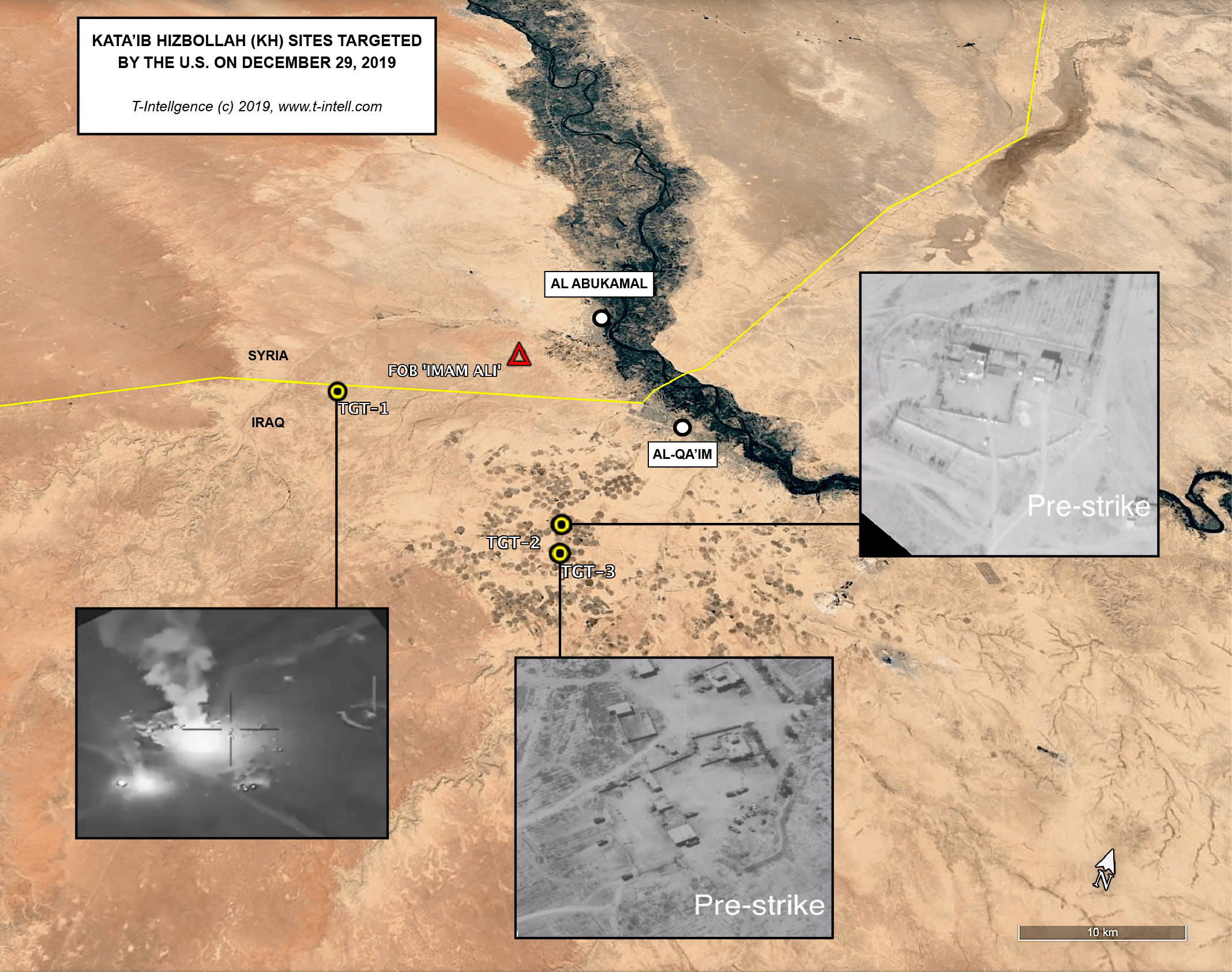
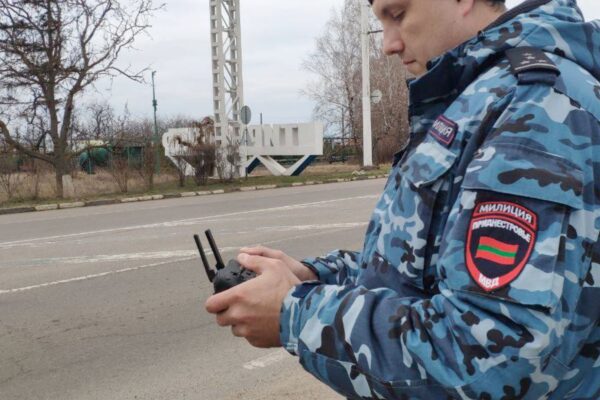
![Evacuation “Shattered Glass”: The US/ Coalition Bases in Syria [Part 1]](https://t-intell.com/wp-content/uploads/2020/02/KLZJan.62018copy_optimized.png)
